Lecture 10: Botany
1/90
There's no tags or description
Looks like no tags are added yet.
Name | Mastery | Learn | Test | Matching | Spaced |
|---|
No study sessions yet.
91 Terms
Are plants unicellular or multicellular?
multicellular
Are plants prokaryotic or Eukaryotic?
Eukaryotic
What is a significant characteristic of the Plantae kingdom?
Chloroplast
Are plants heterotrophic or autotrophic?
autotrophic
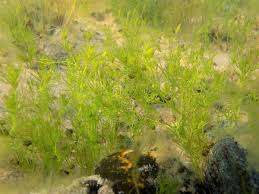
Plants are closely related to
charophyte algae
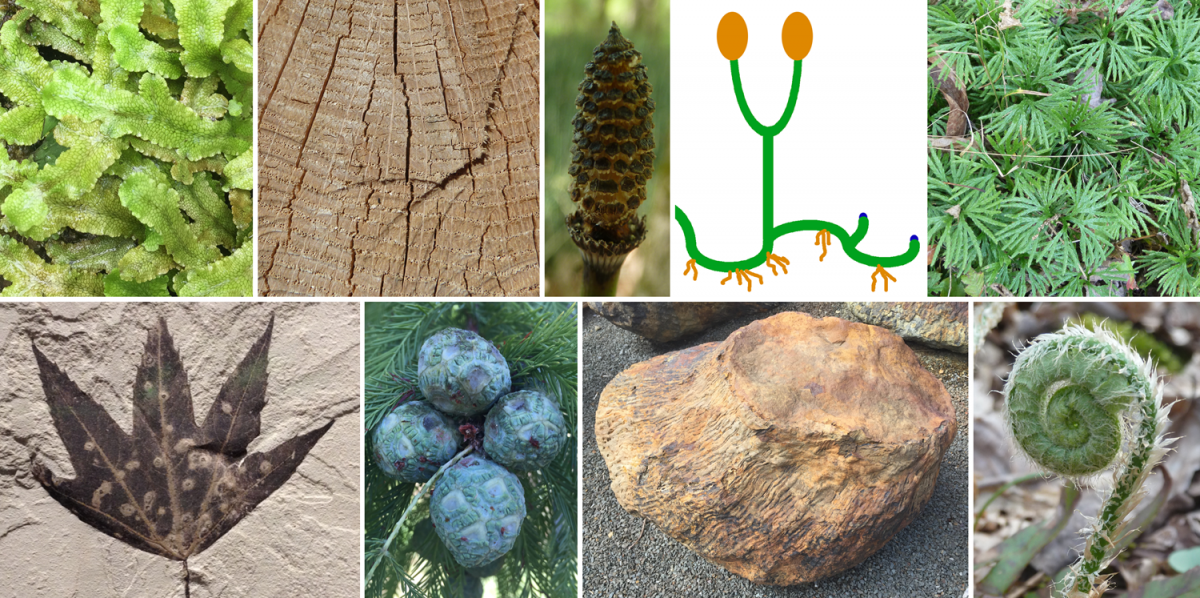
Plants are classified as
embryophytes
Embryophytes form a __________ _________ on the parental body
multicellular embryo
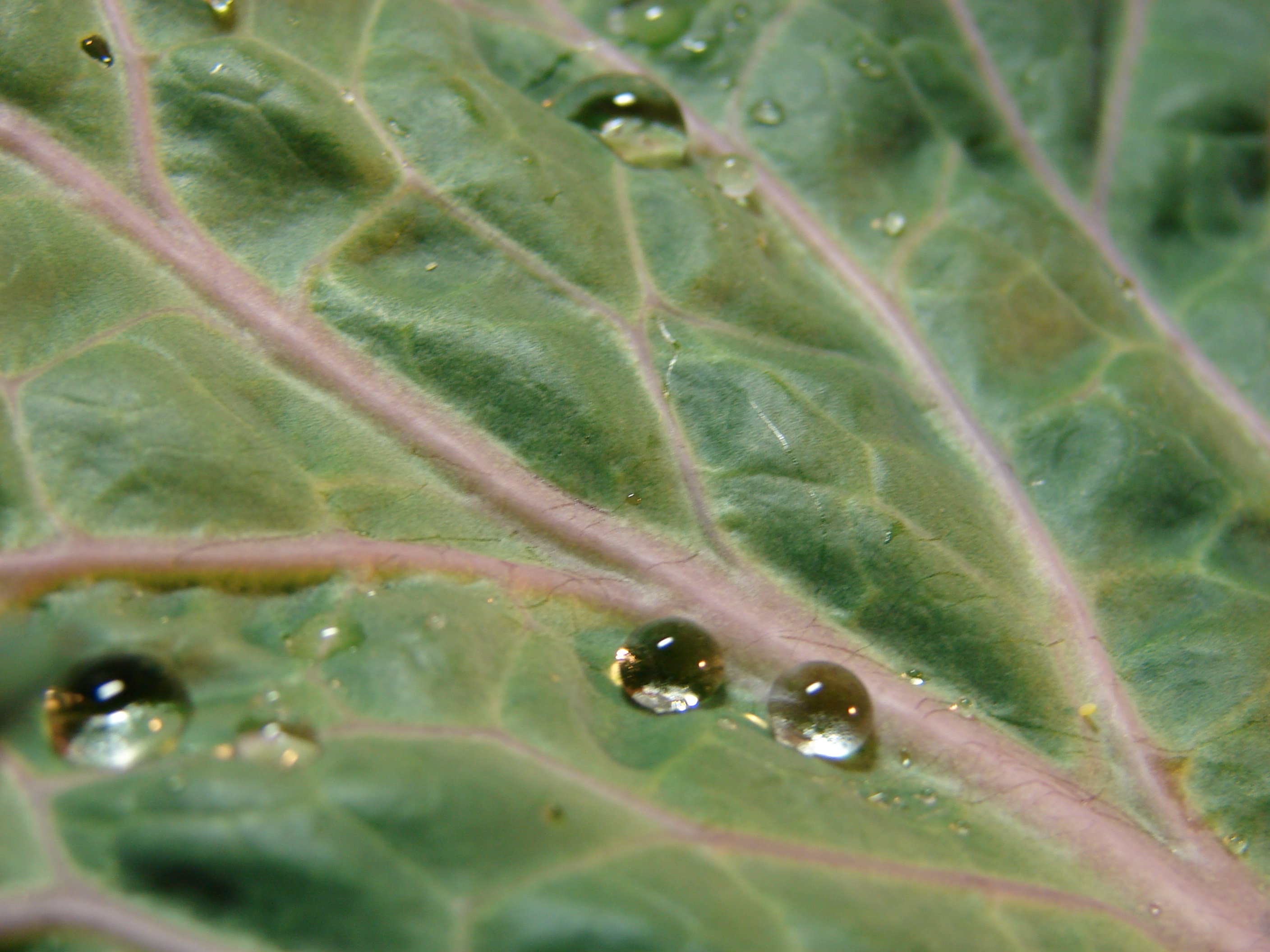
A waxy surface material that is secreted onto parts exposed to the air
Cuticle
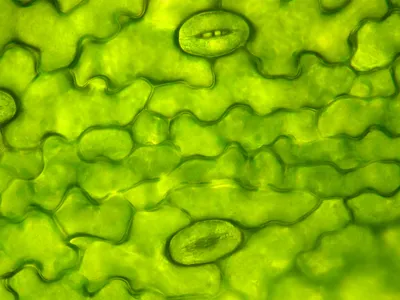
Allows for the exchange of oxygen and water vapor for carbon dioxide
Stomata
A plant tissue that transports water, nutrients, and sugars throughout the plant. It consists of xylem and phloem.
Vascular tissue
The phase in the plant life cycle where the sporophyte is the dominant form, producing spores through meiosis for reproduction
Dominant Diploid Generation
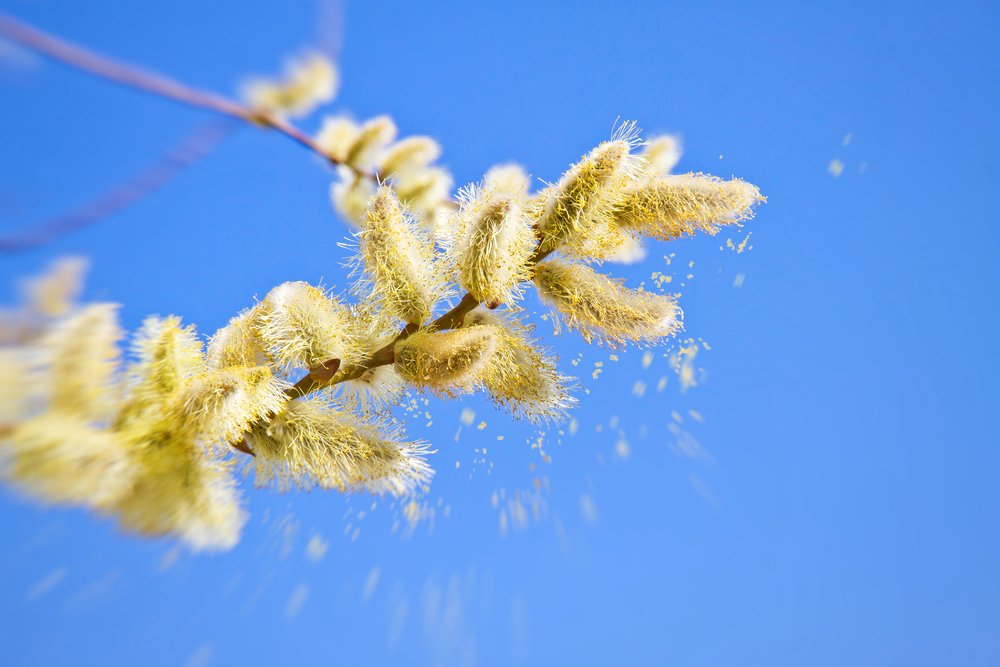
Fine powder produced by plants for reproduction. It contains male gametes and is transferred to female plant parts for fertilization.
Pollen
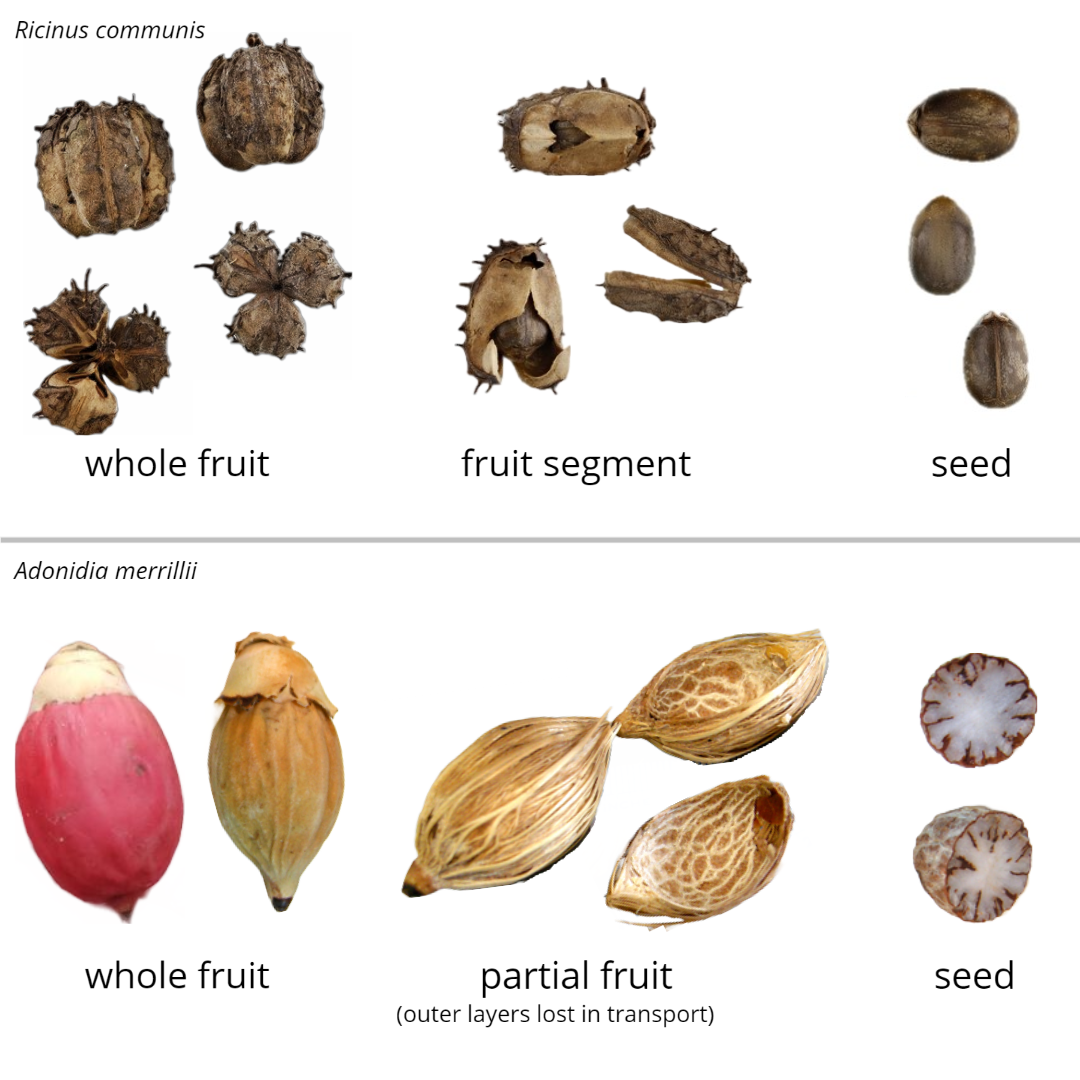
small, embryonic plants enclosed in a protective outer covering.
Seeds
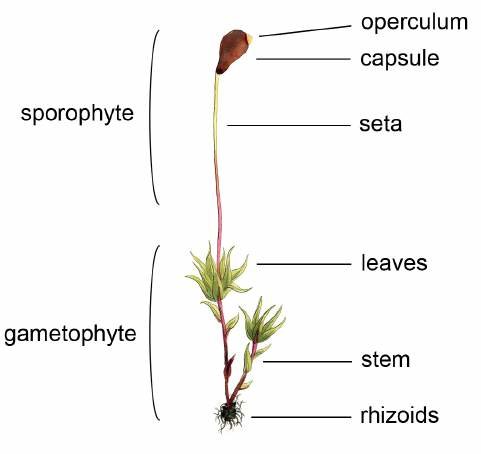
The multicellular diploid phase in the life cycle of plants that produces spores through meiosis
Sporophyte
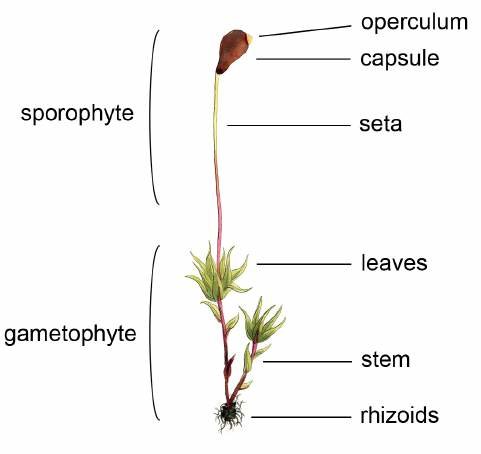
Haploid stage in the life cycle of plants and algae, producing gametes through mitosis; dominant stage in bryophytes and ferns.
Gametophyte
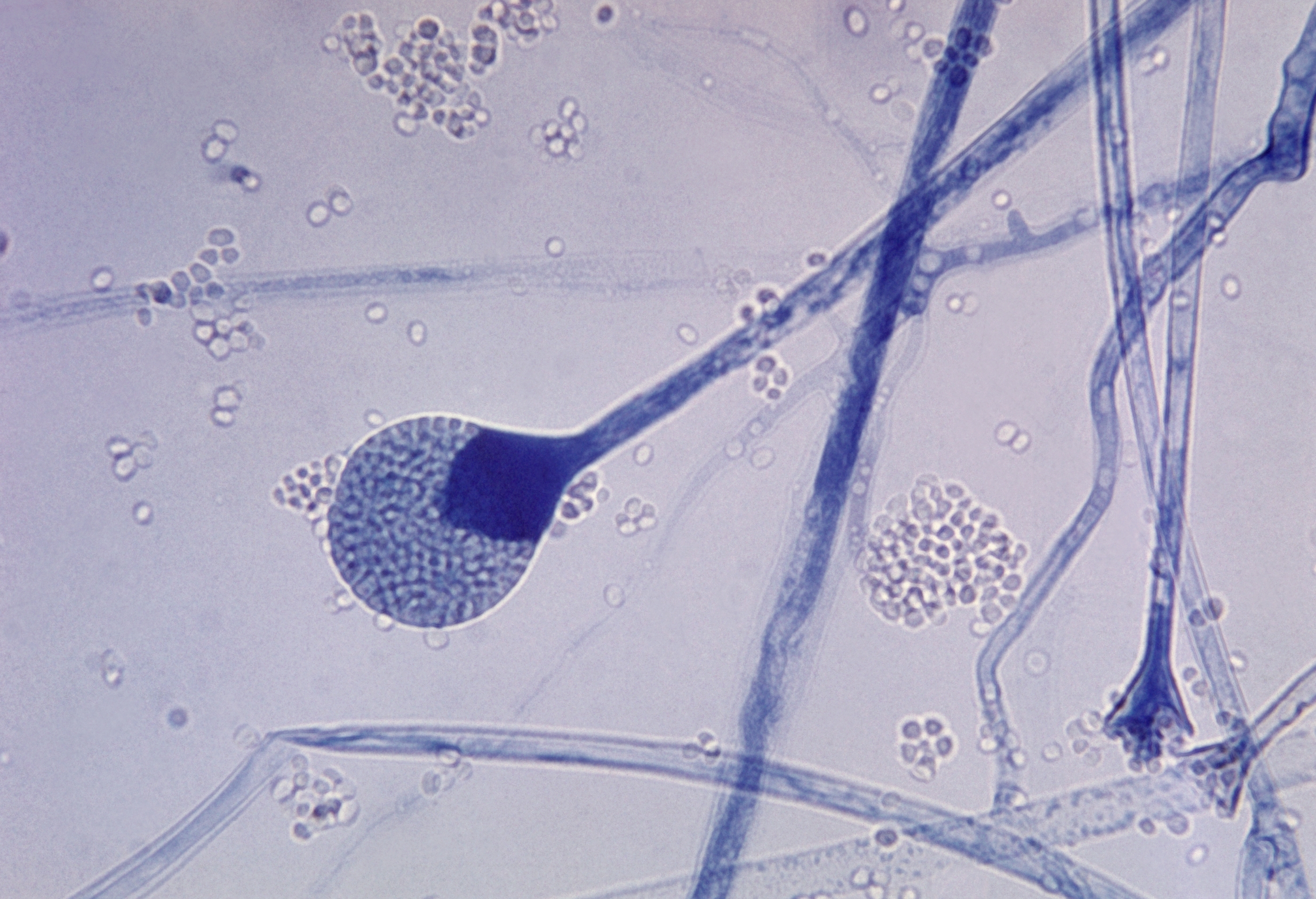
Structure found in non-flowering plants that produces and releases spores for reproduction.
Sporangia
The diploid sporophyte produces haploid spores by meiosis through the ______
sporangia
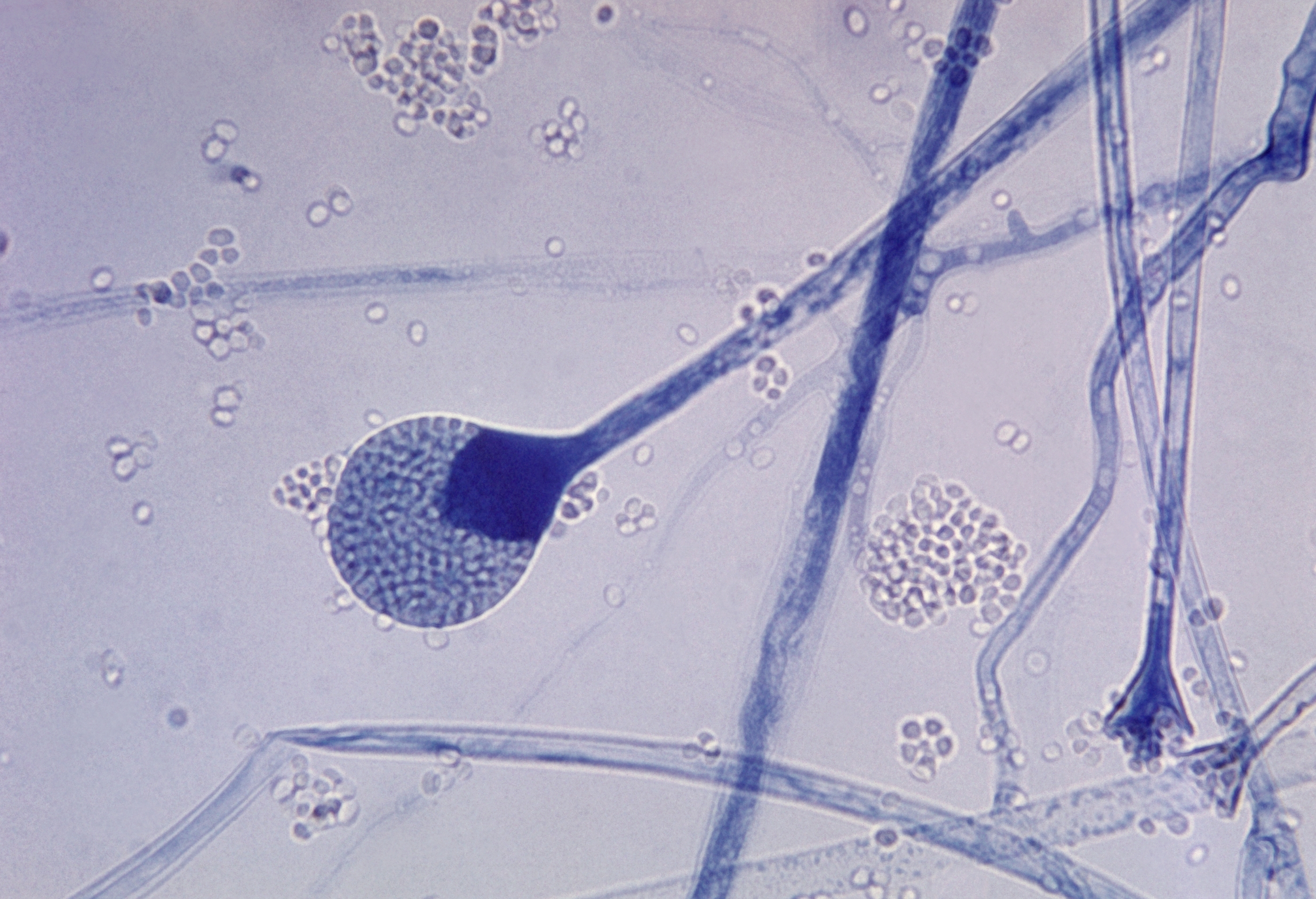
Spores germinate and divide by _____, producing a multicellular, haploid gametophyte
mitosis
The haploid _______ produces gametes by mitosis
gametophyte
A ____ is formed when a sperm fuses to an egg, is the first cell of the next sporophyte generation
zygote
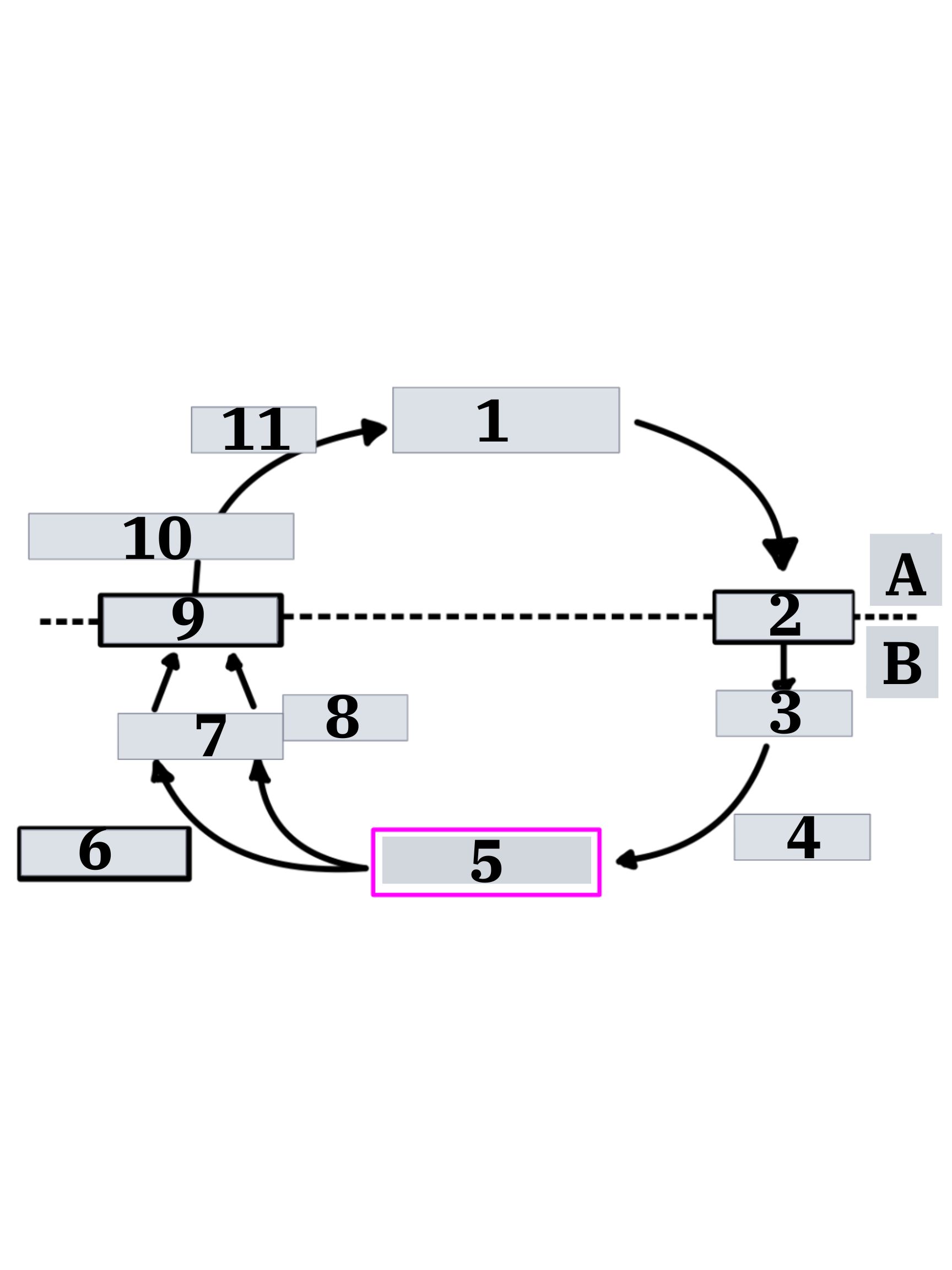
Label 1
Sporophyte Generation
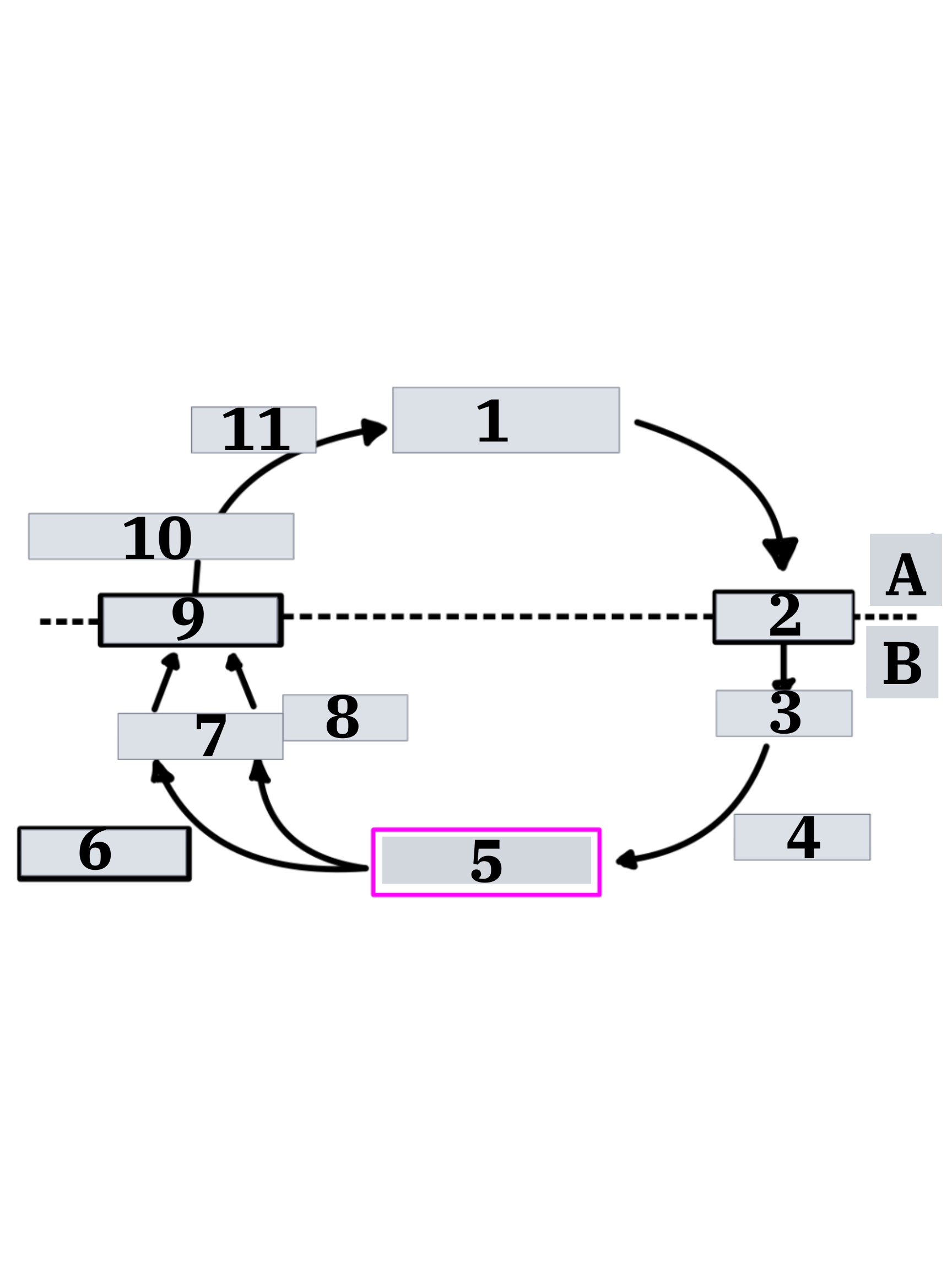
Label 2
Meiosis
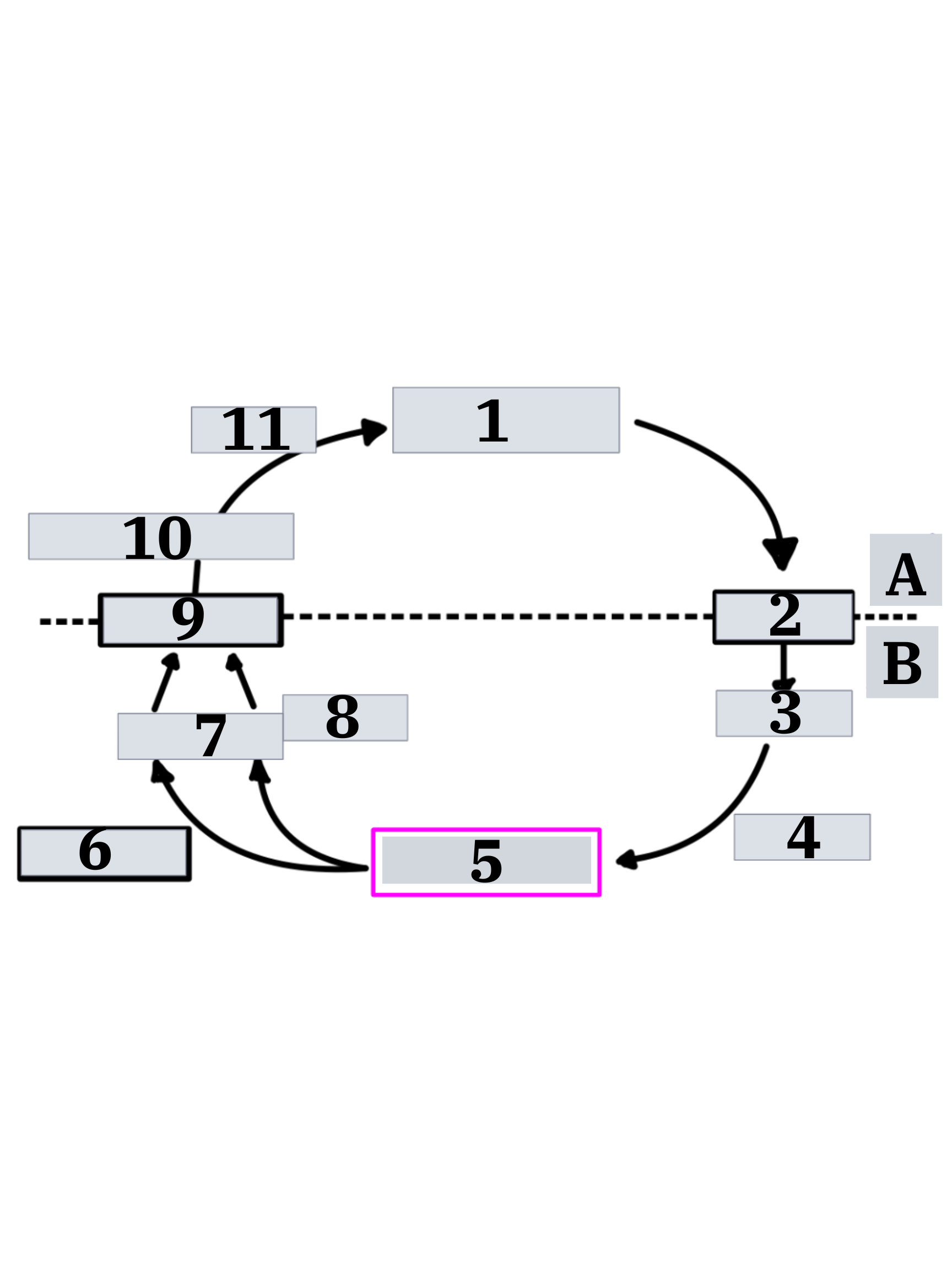
Label 3
Spores

Label 4
Mitosis

Label 5
Gametophyte Generation
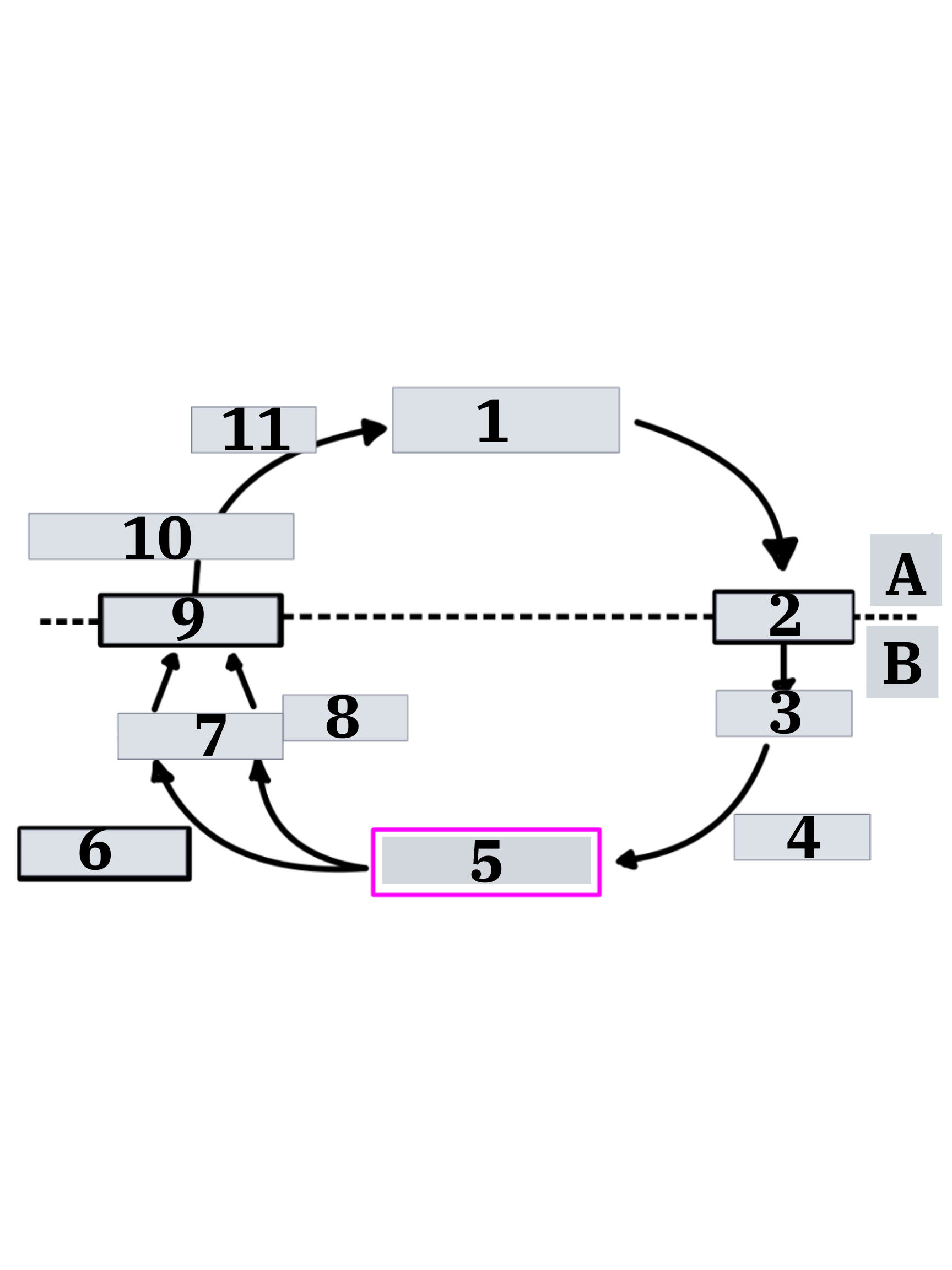
Label 6
Mitosis (1N)
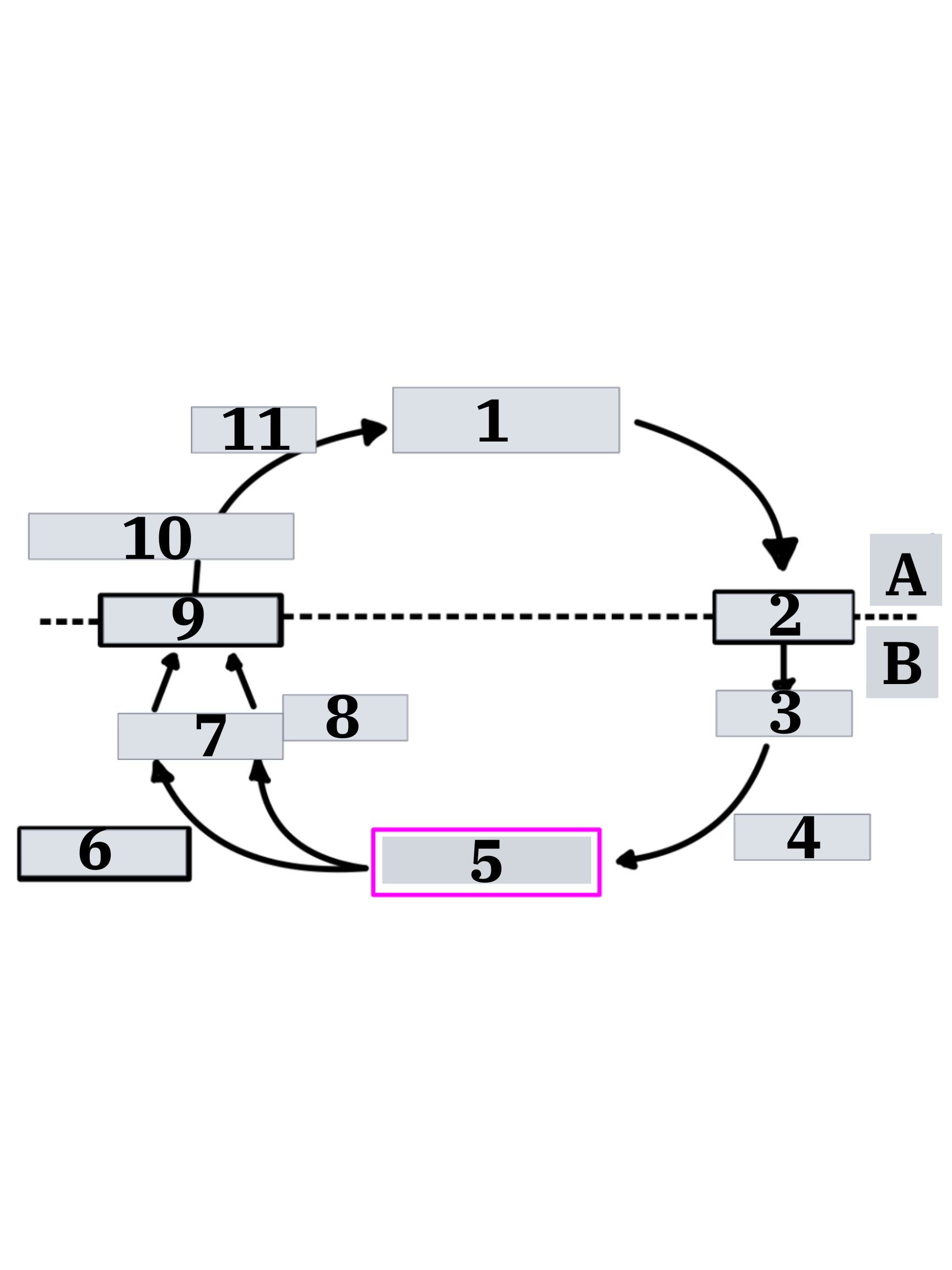
Label 7
Sperm, egg
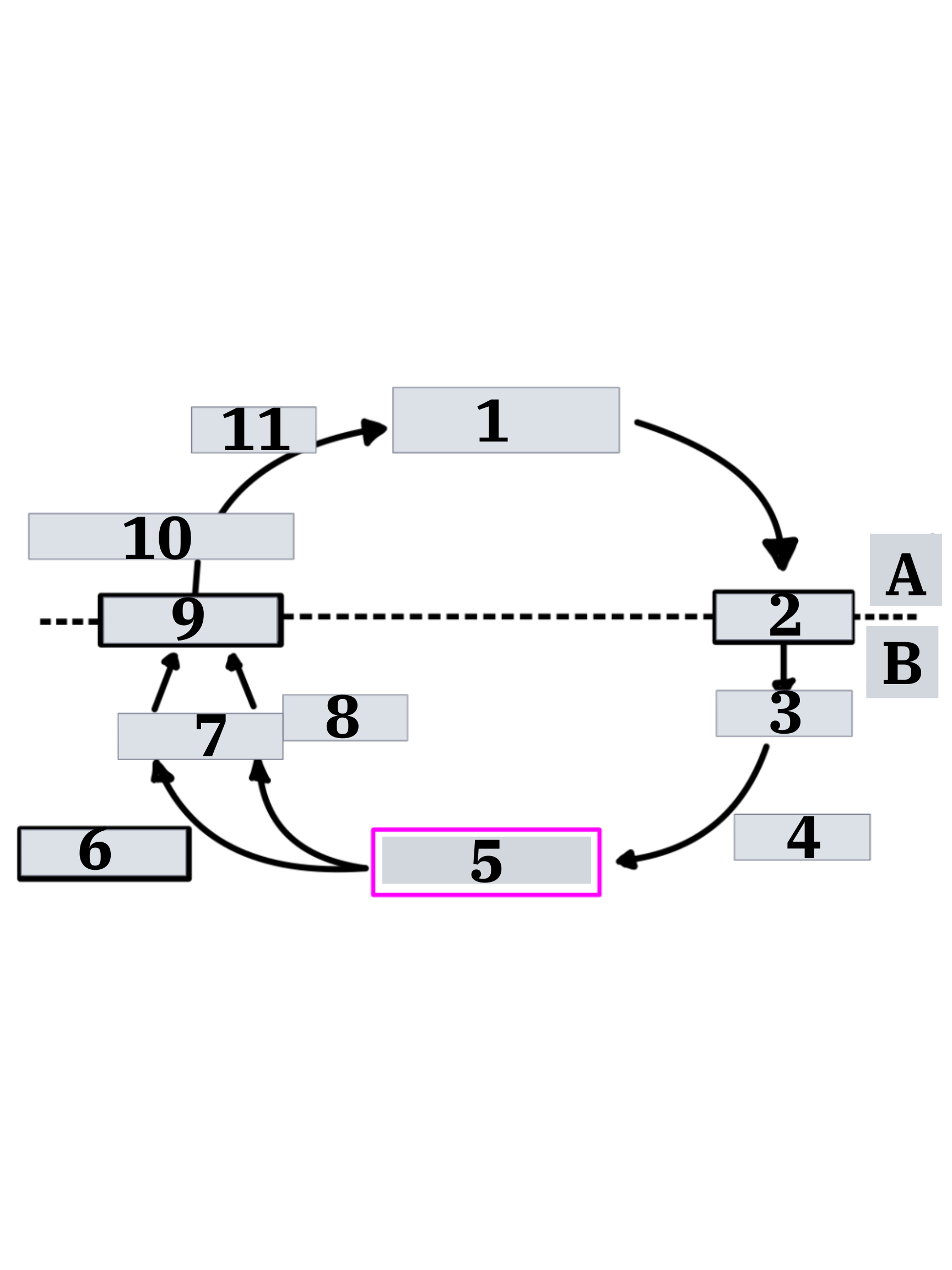
Label 8
Gametes
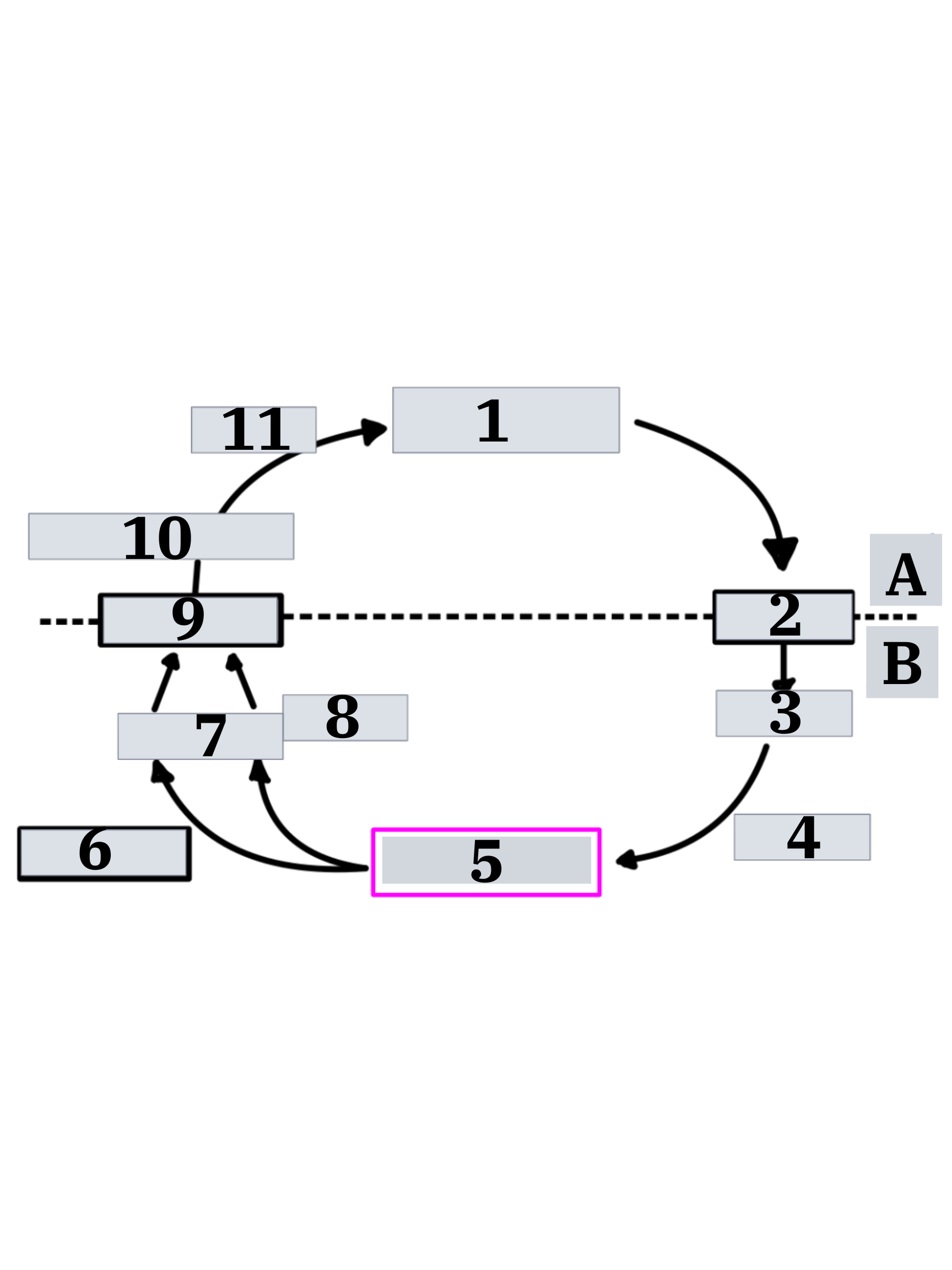
Label 9
Fertilization
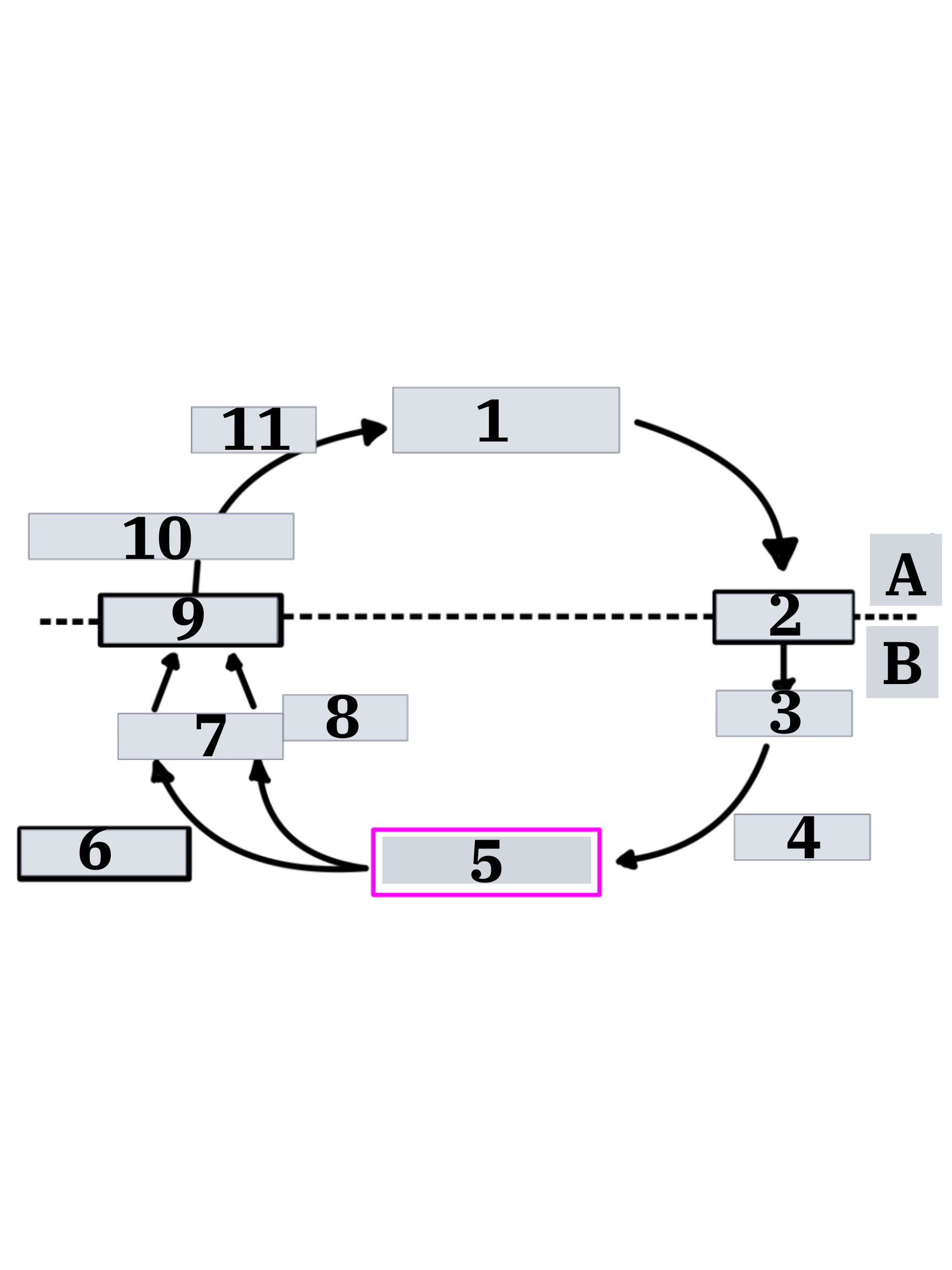
Label 10
Embryo (zygote)
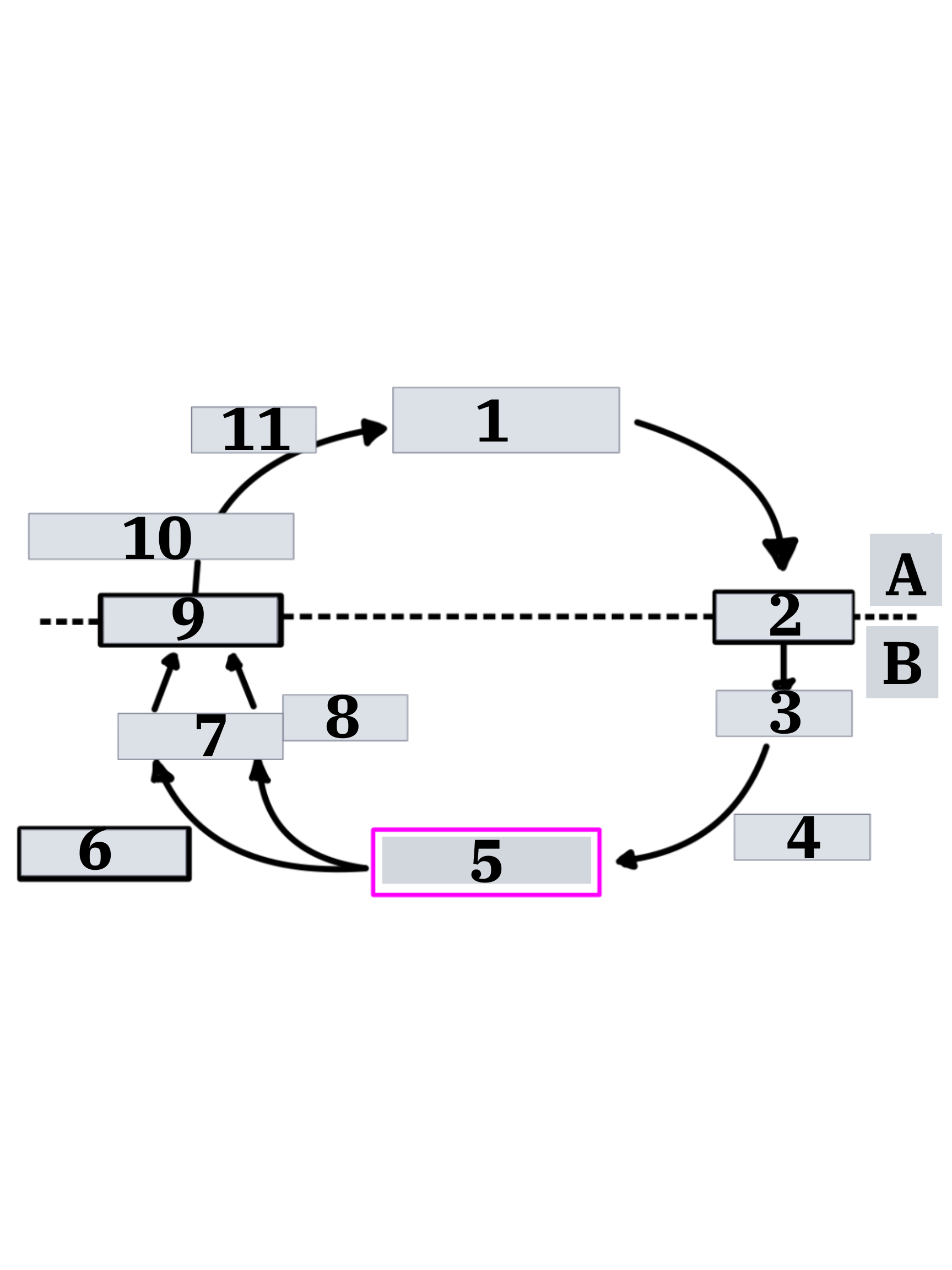
Label 11
Mitosis (2N)
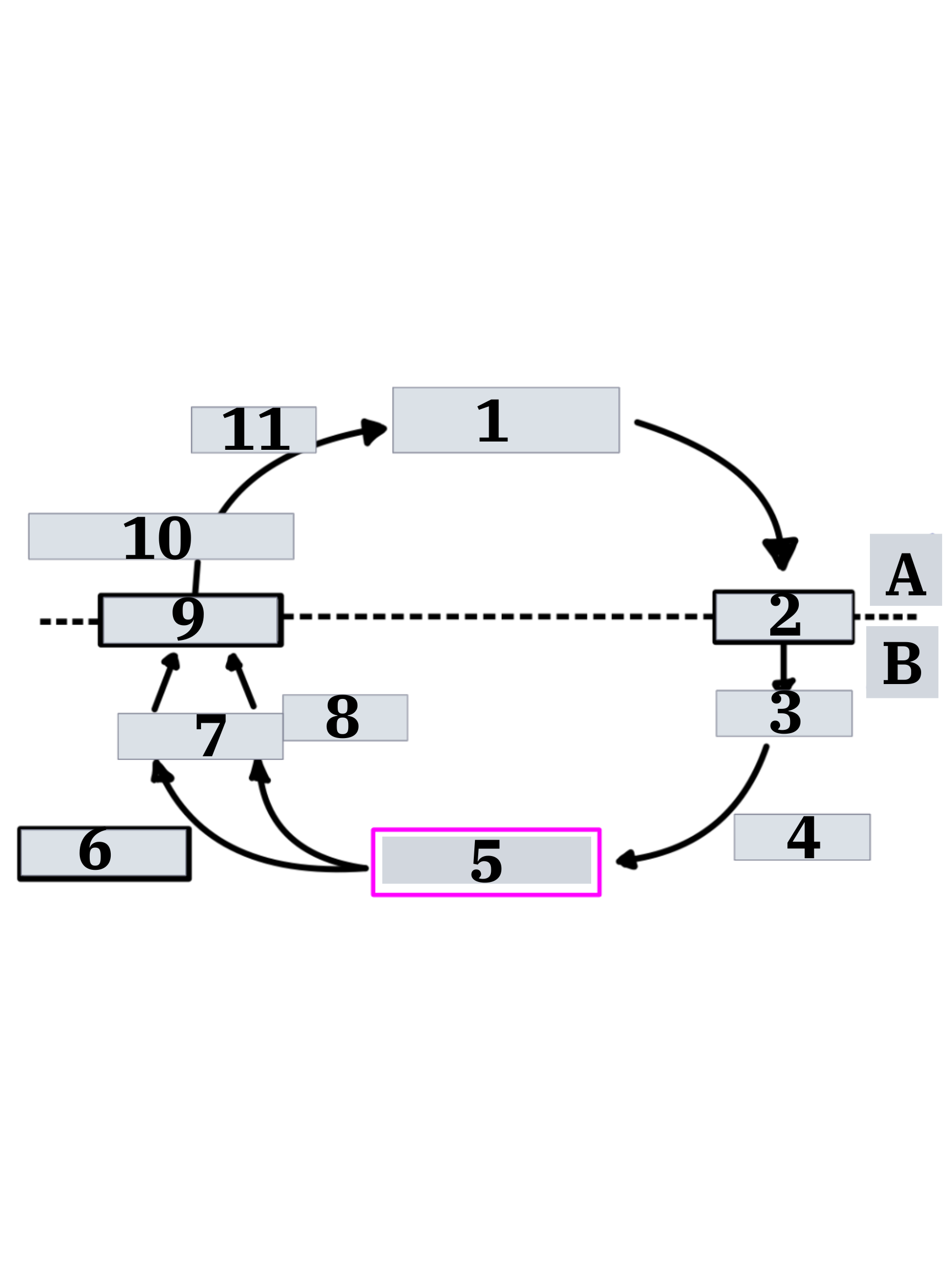
Label A
2N
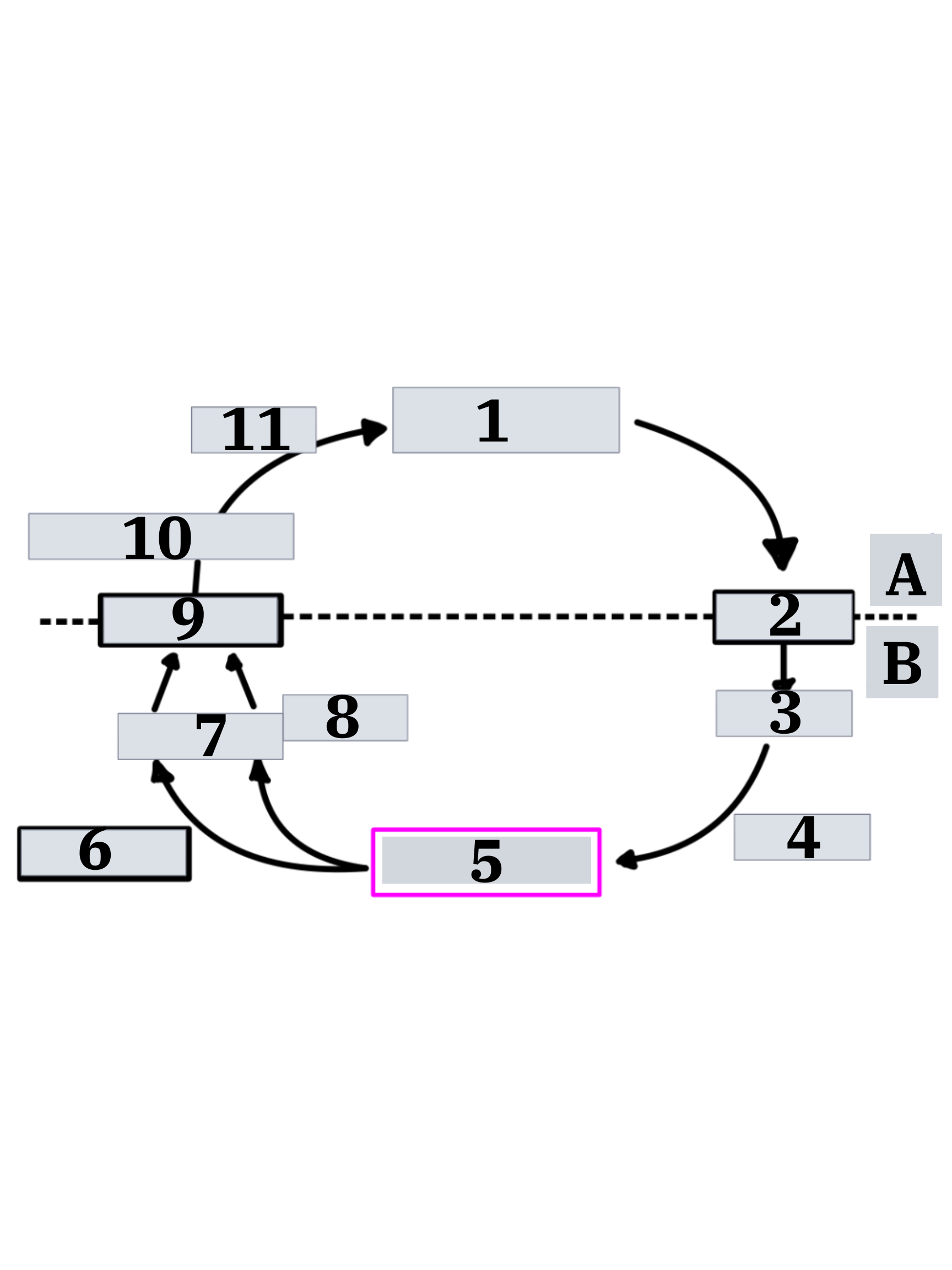
Label B
1N
Closest living descendants of the first land plants
Bryophytes
Bryophytes are also called
Non-tracheophytes
Specialized plant cells that provide structural support and transport water and minerals throughout the plant.
Can be found as a component of xylem
Tracheids
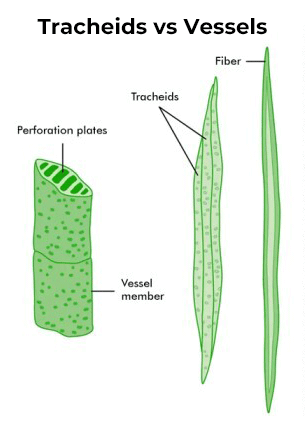
Bryophytes requires water to reproduce
sexually
Bryophytes contains
rhizoids
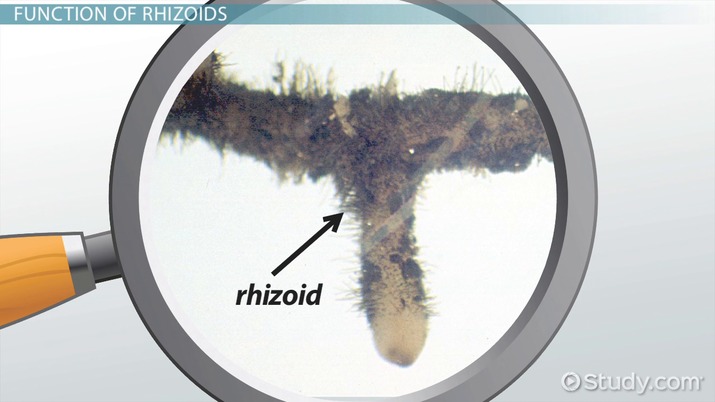
Rhizoids are
unicellular
Rhizods functions as
water transport and adhesion to surfaces
Rhizoids are not
organs
Mosses are the most _____ ____
diverse group
Mosses’ gametophytes contains ____ _____ structure
leaflike photosyntehtic
Mosses only have _____ on the sporophyte capsule
stomata
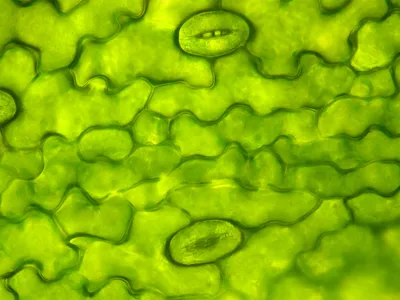
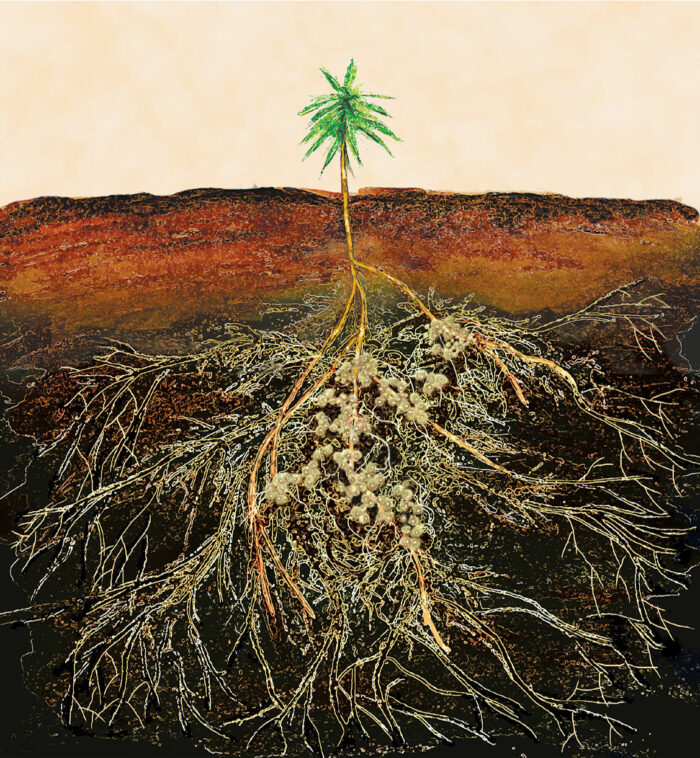
Mosses forms relationships with _______
fungi
Mosses grow in ____ _____ in high latitude regions
peat bogs
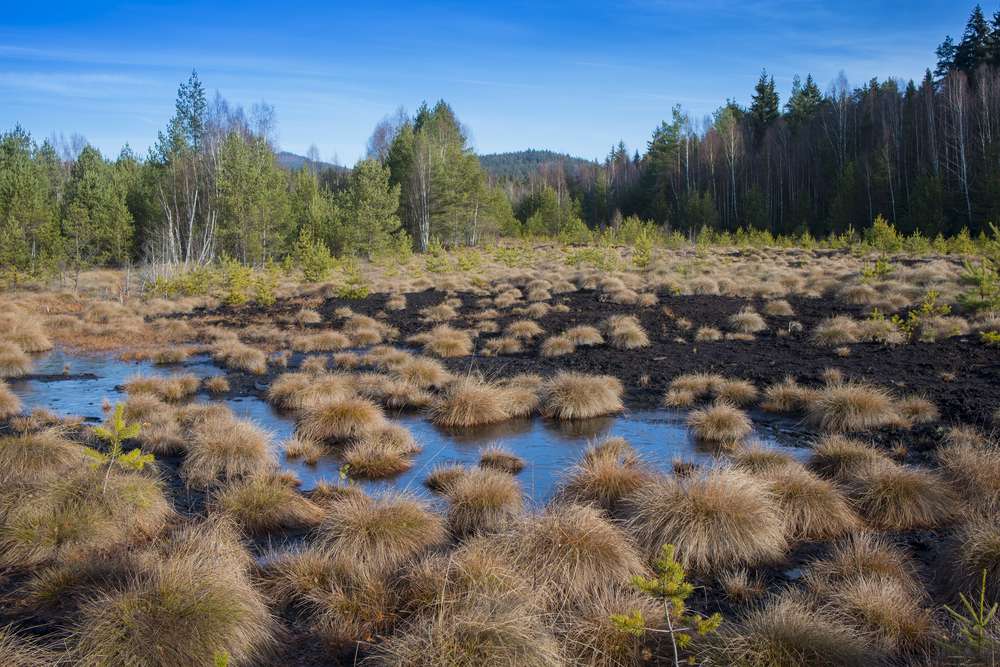
Female gametangia
archegonia
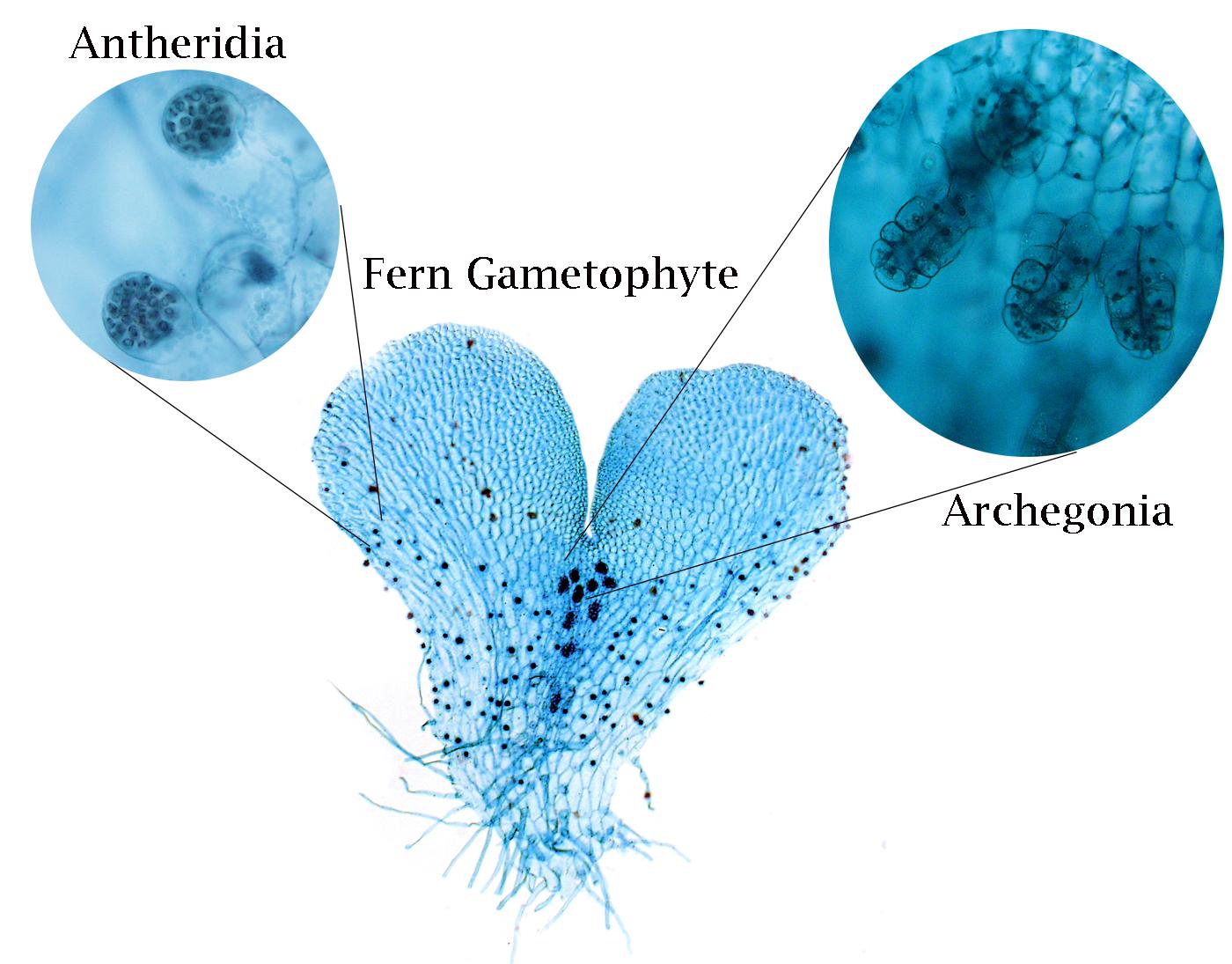
Archegonia produces a single ___
egg
Male gametangia
antheridia
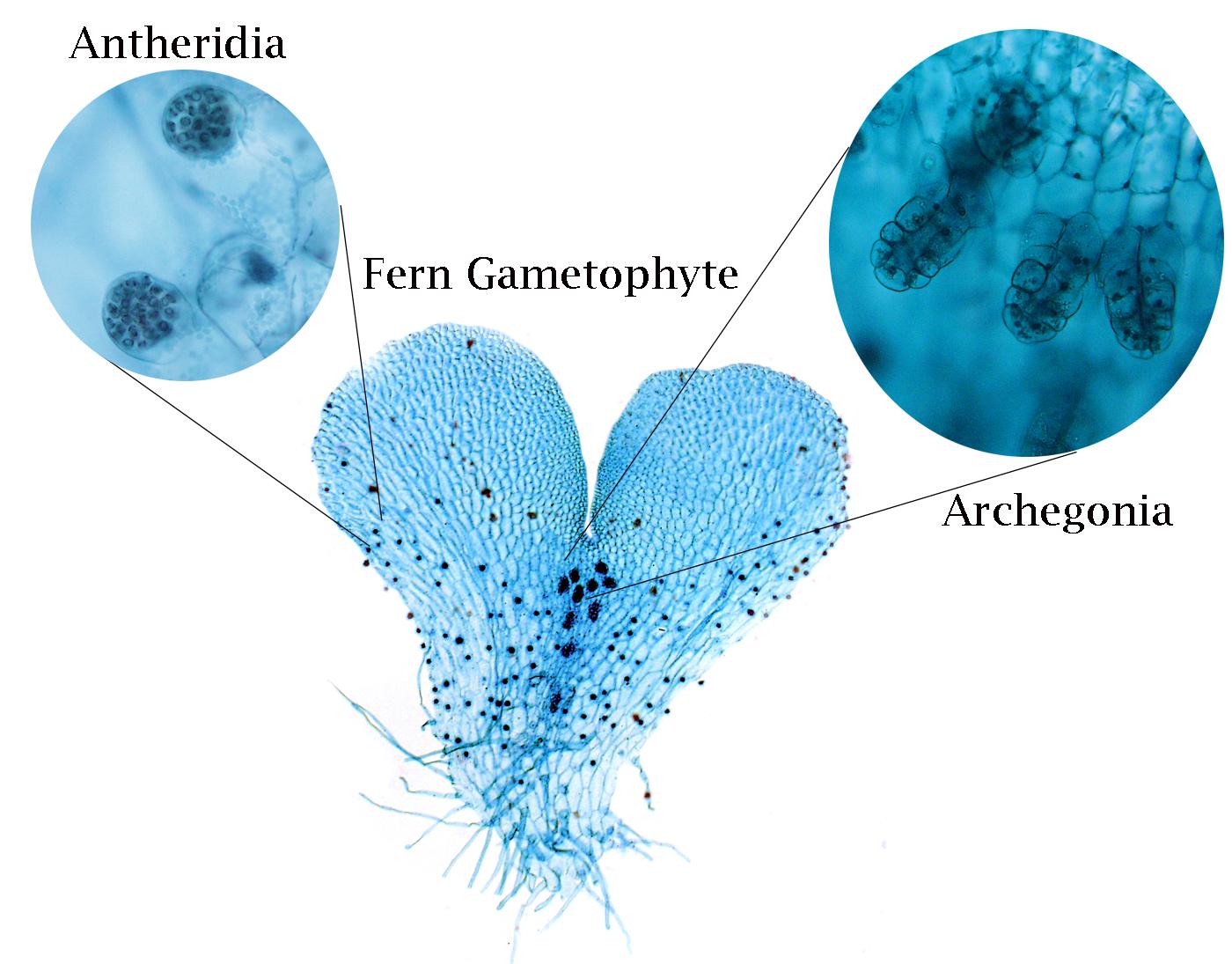
Antheridia produces many _____
sperms
Gametes are produced by _____
mitosis
Why are gametes produced by mitosis?
Because the gametophyte is haploid
Sporophytes produces a _______
sporangium
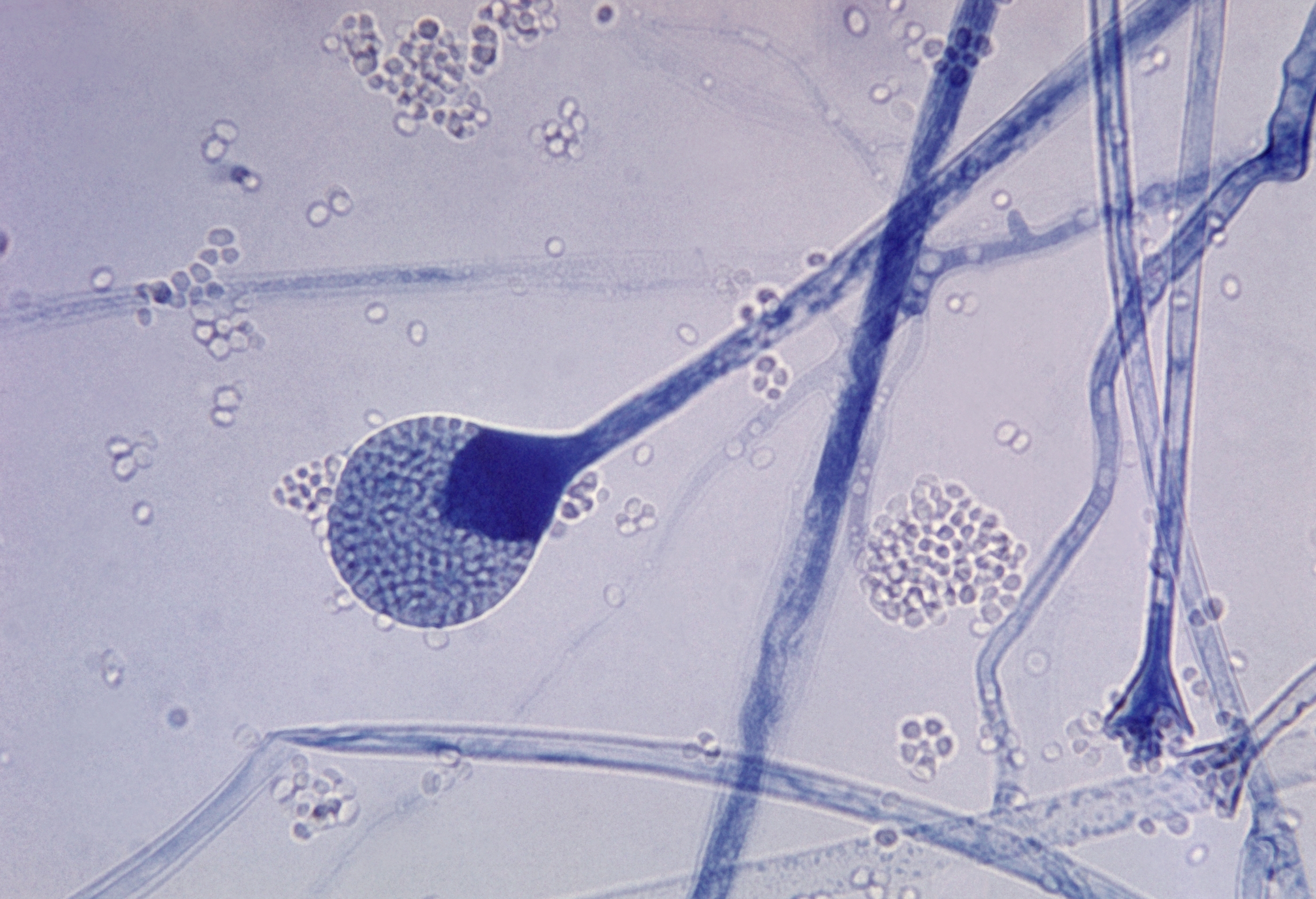
Oldest surviving plant lineage
Liverworts
Liverworts have no _____
stomata
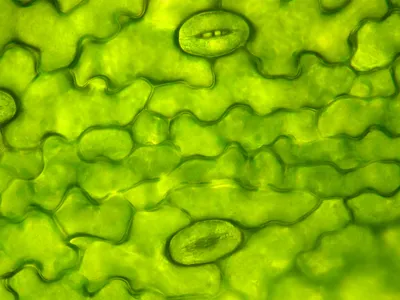
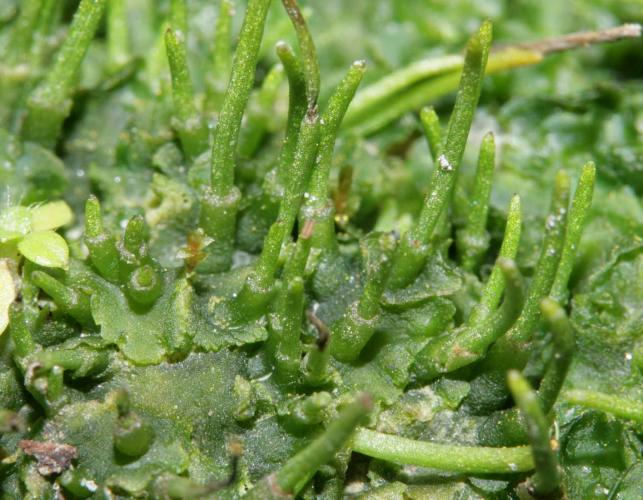
Anthocerophyte that only contains around 200 species
Hornworts

Hornworts are the sister group to _________
tracheophytes
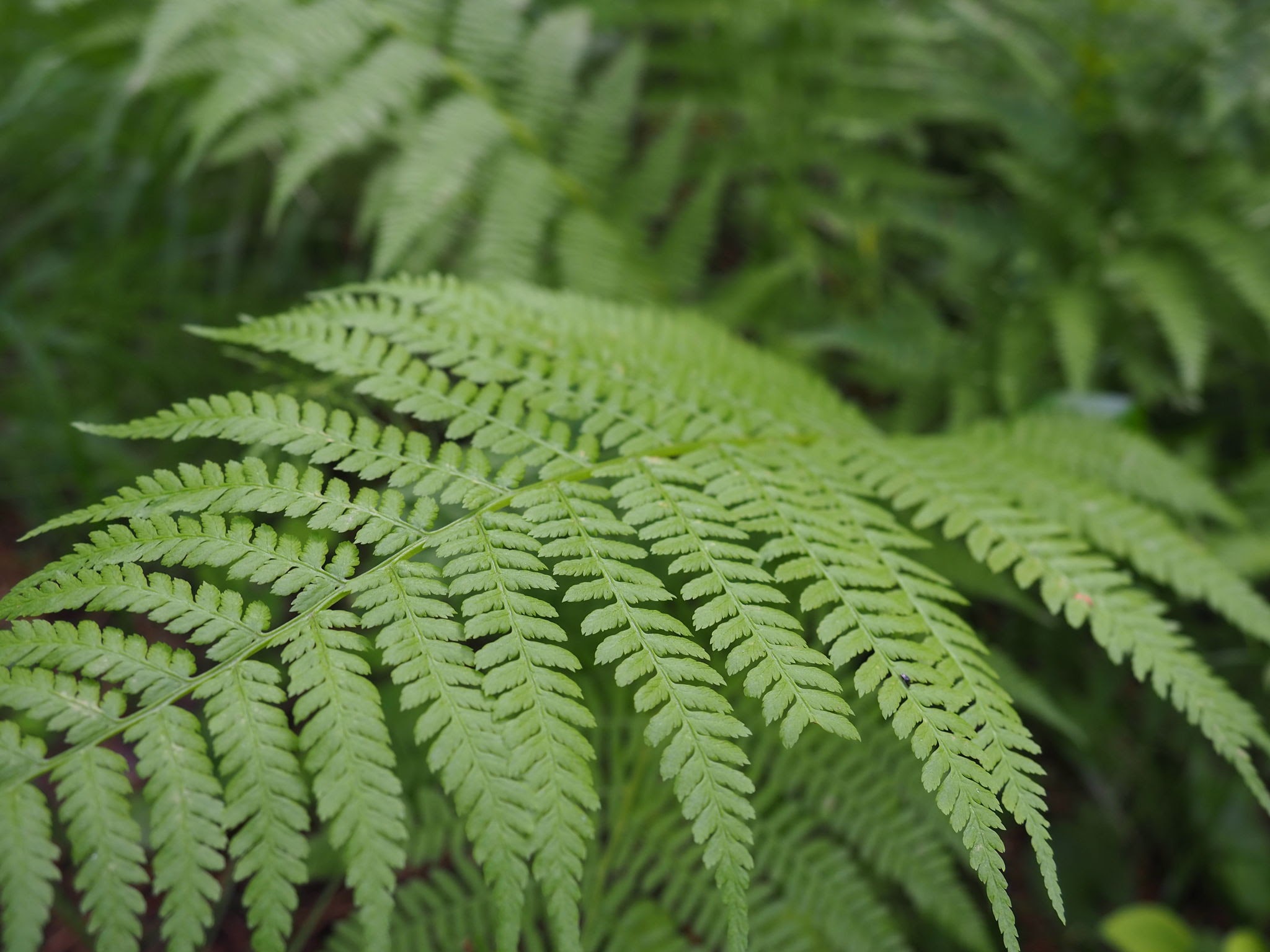
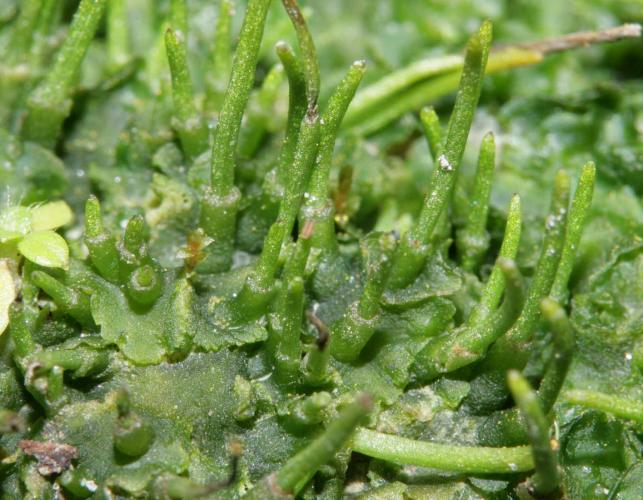
Hornworts’ cells contain a
single large chloroplast
Conducts water and dissolved nutrients
Xylem
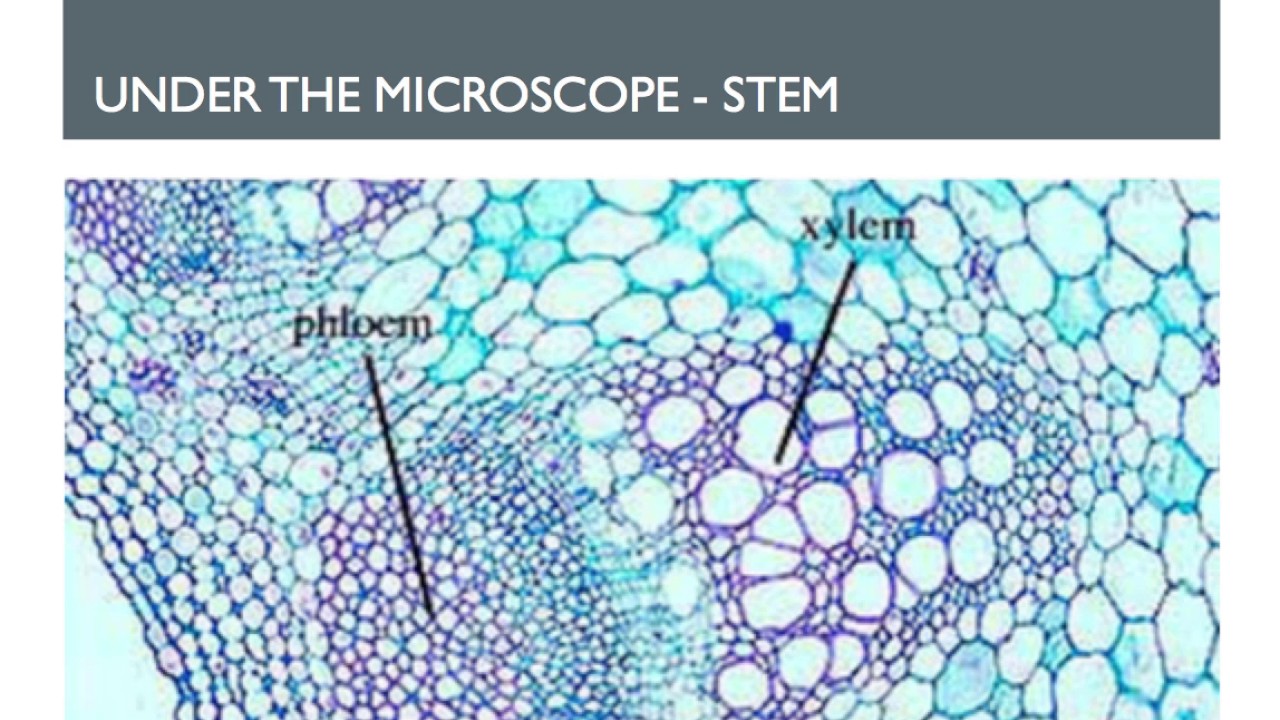
Conducts sugars and hormones
Phloem

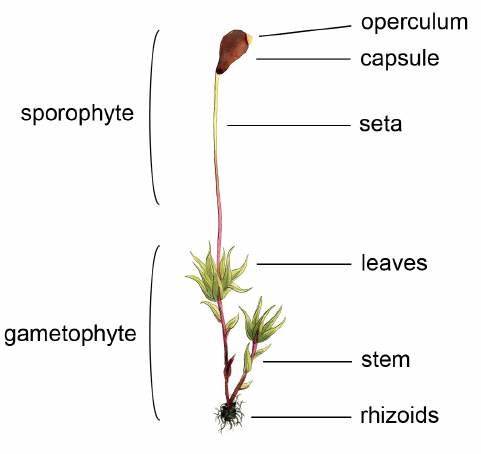
What generation is more dominant?
sporophyte generation
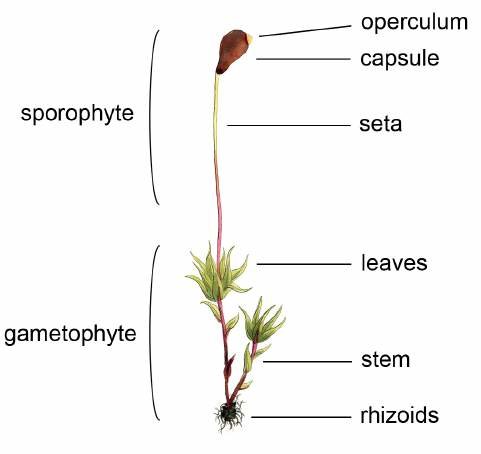
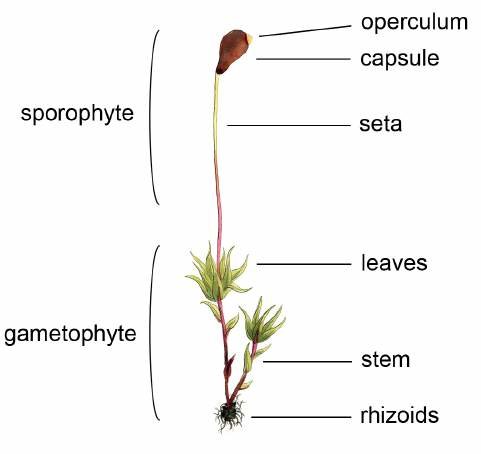
What generation is short-lived
gametophyte generation
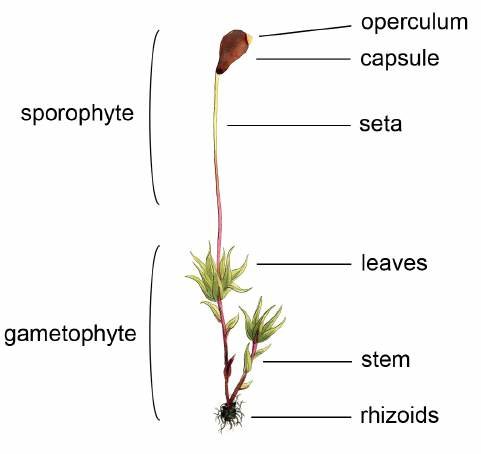
Seedless Vascular plants contains
xylem, phloem, stomata, cuticle, has true stems
Sperms of seedless vascular plants
swim to the eggs as they’re flagellated
What plants are mainly found in tropics and moist temperate regions?
Lycophytes
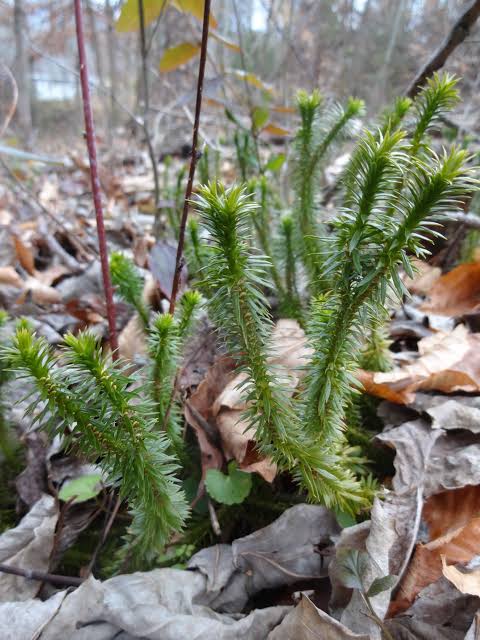
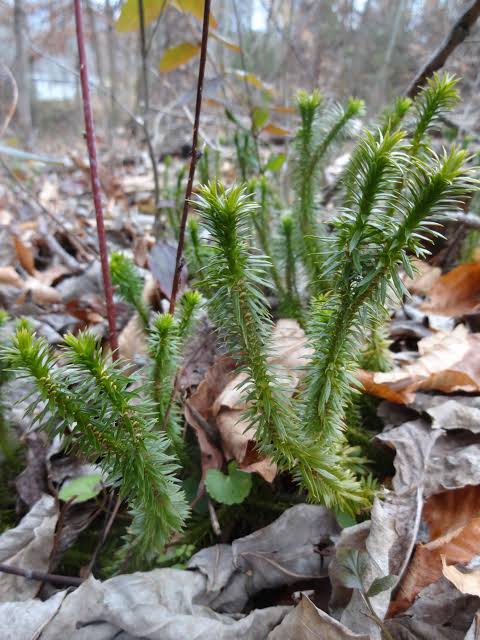
Lycophytes are ____ even with vascular tissue
small
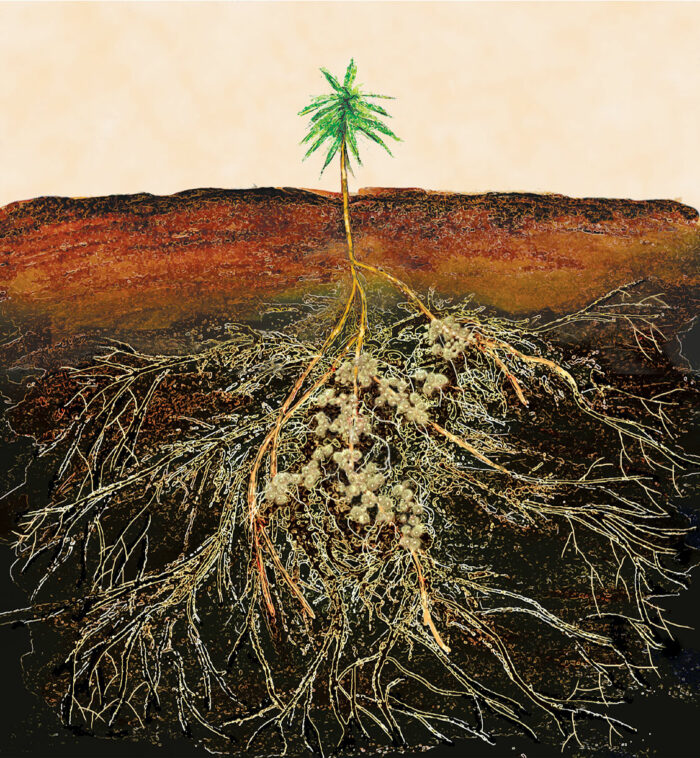
Some stems of Lycophytes grow underground and form relationships with
fungi
Lycophytes includes
club and spike mosses
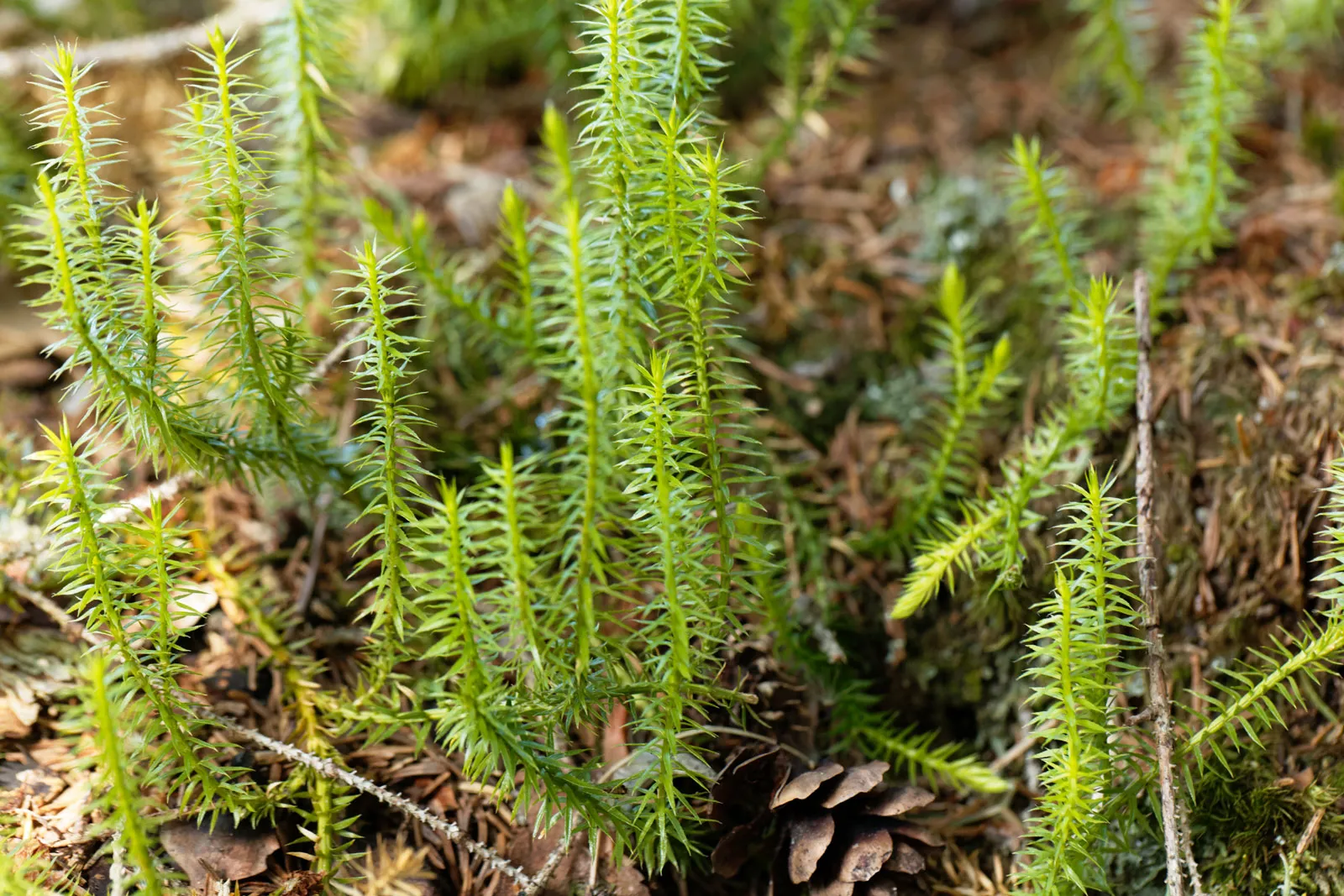
Whisk ferns, Horsetails, Ferns
Pterophytes
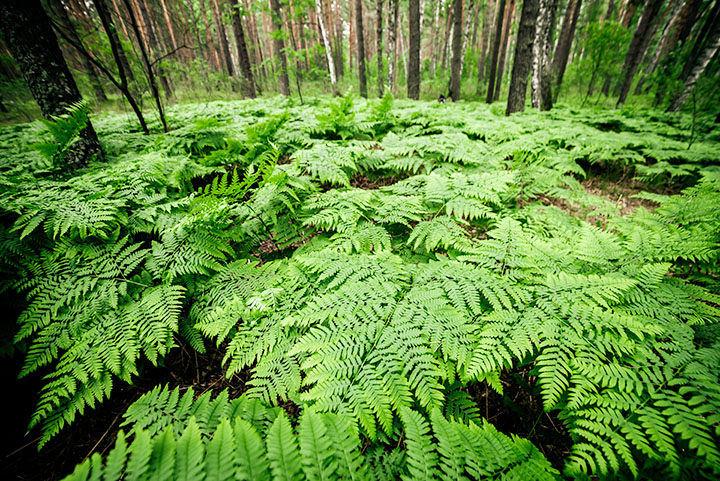
Whisk ferns lack
roots and leaves
Horsetails have _____ _____ with brushlike leaves
jointed stems
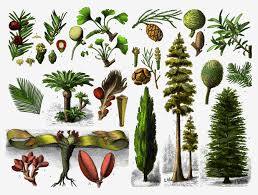
Are gymnosperms avascular or vascular?
Vascular
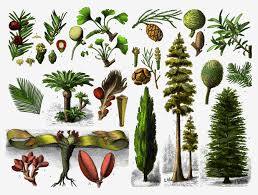
Gymnosperms develop
naked seeds
Gymnosperms are dominated by the what generation?
Sporophyte Generation
Gymnosperms produces
Pollen grains
Why do Gymnosperms need no water for reproduction?
They carry the male gamete and produces a pollen tube to reach the female

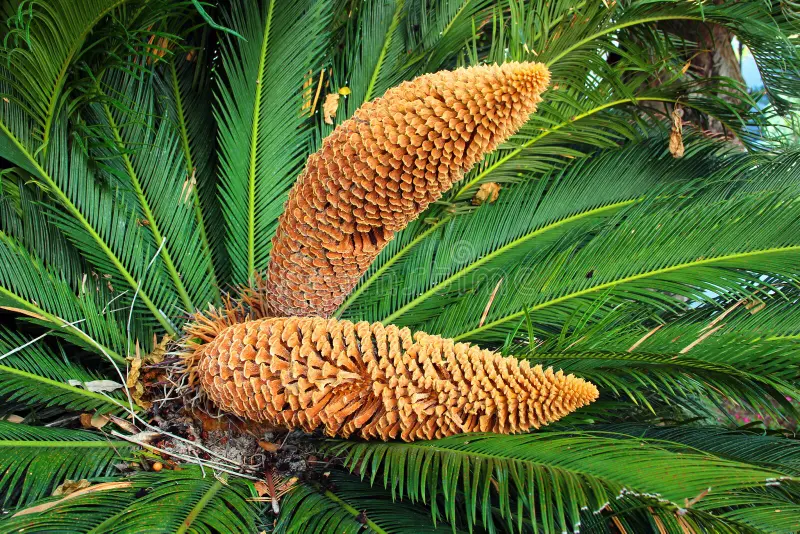
What gymnosperm is this?
Cycadophyta
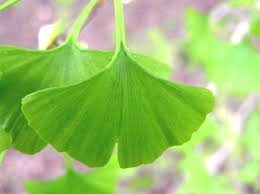
What gymnosperm is this?
Ginkgophyta
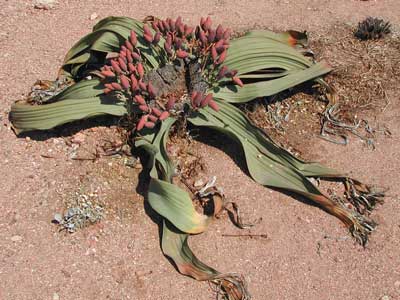
What gymnosperm is this?
Gnetophyta
Where are the seeds in cycads stored?
cones
Cycads and Ginkgos sperms are
flagellated and motile
Cycads resembles..
palmlike plants
Gnetophytes have seeds in
cones
Gnetophytas and Coniferophytas’ sperms are not
motile
Lycophytes and Pteridophytes both reproduce through _____ instead of seeds
spores
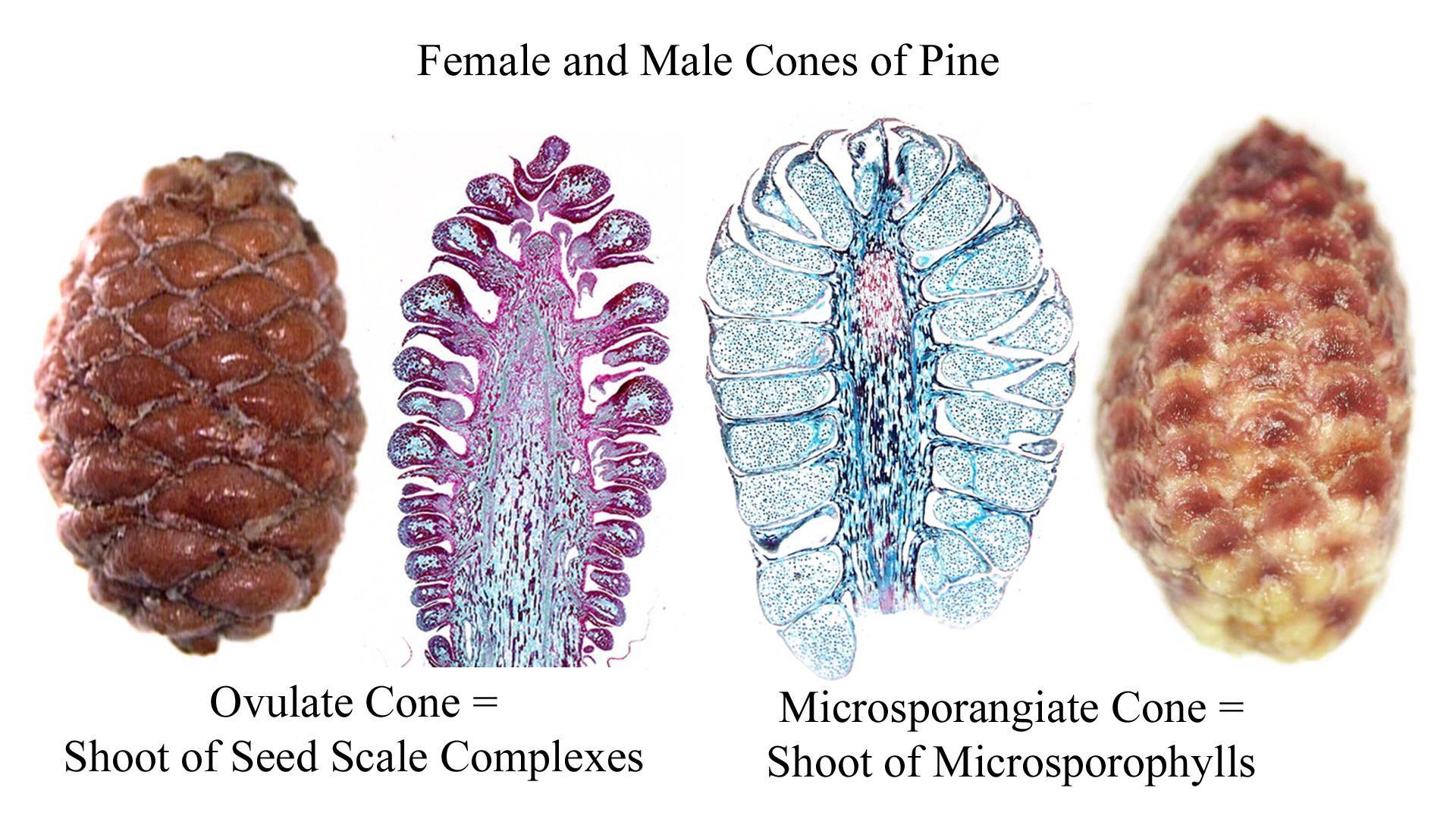
In Coniferophytes, the male pollen-bearing exhibits
soft cones
In Coniferophytes, the female pollen-bearing exhibits
ovulate cones
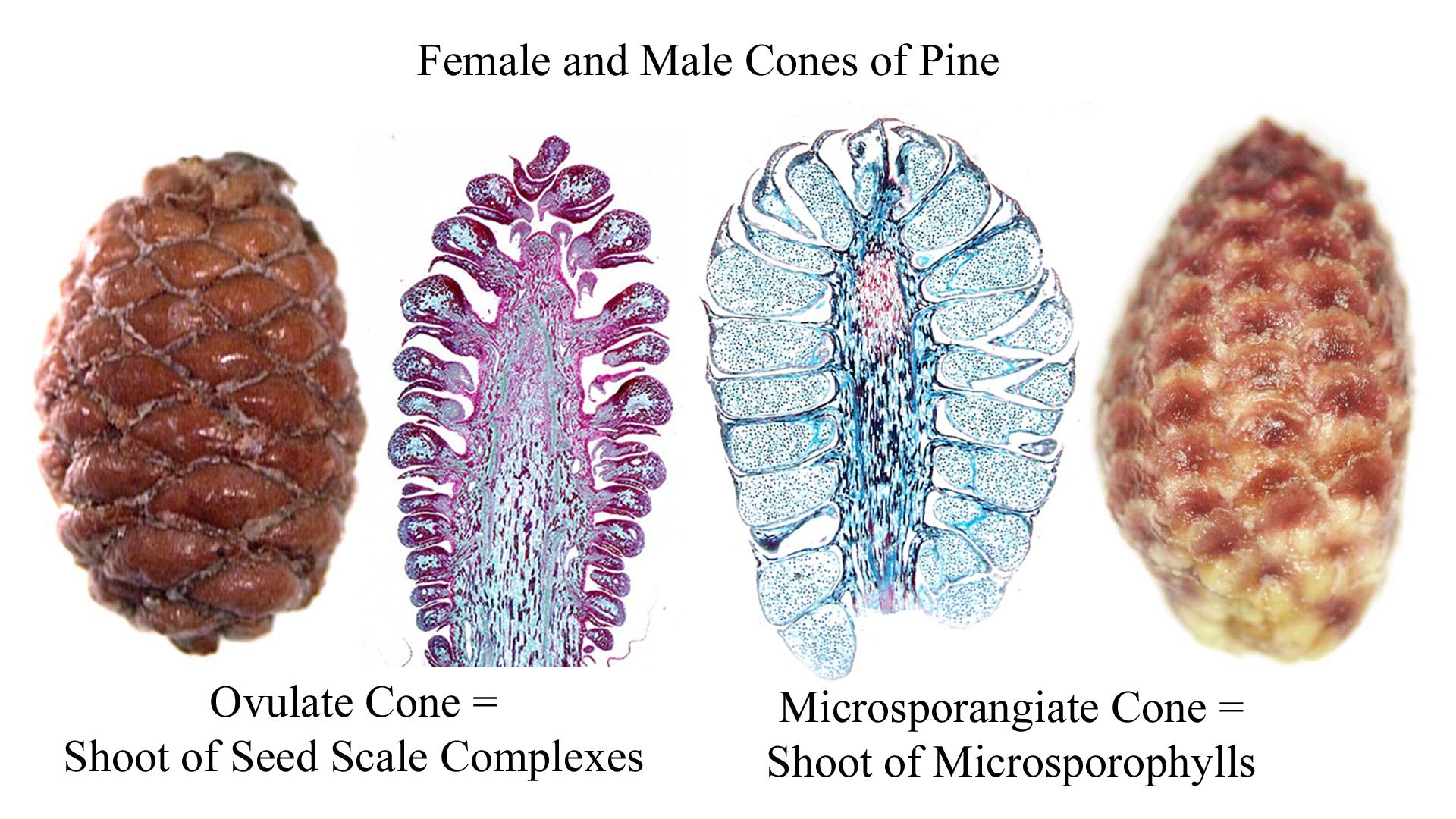
Angiosperms are
flowering plants
Produces pollen
Stamen
Holds one or more eggs-producing ovule
ovary
Four lineages of the Angiosperm
Monocots
Eudicots
Magniliophyta
Basal Angiosperms